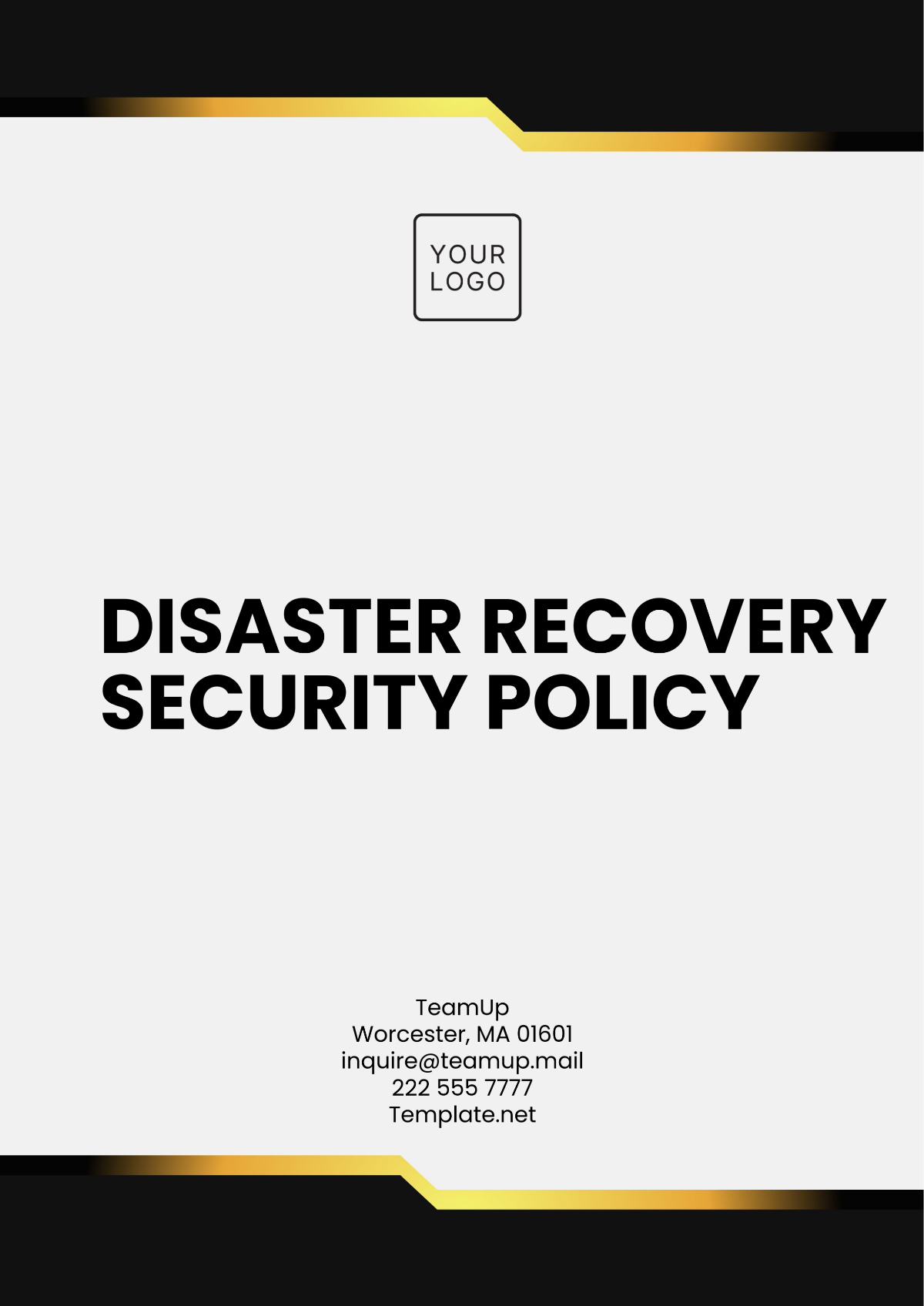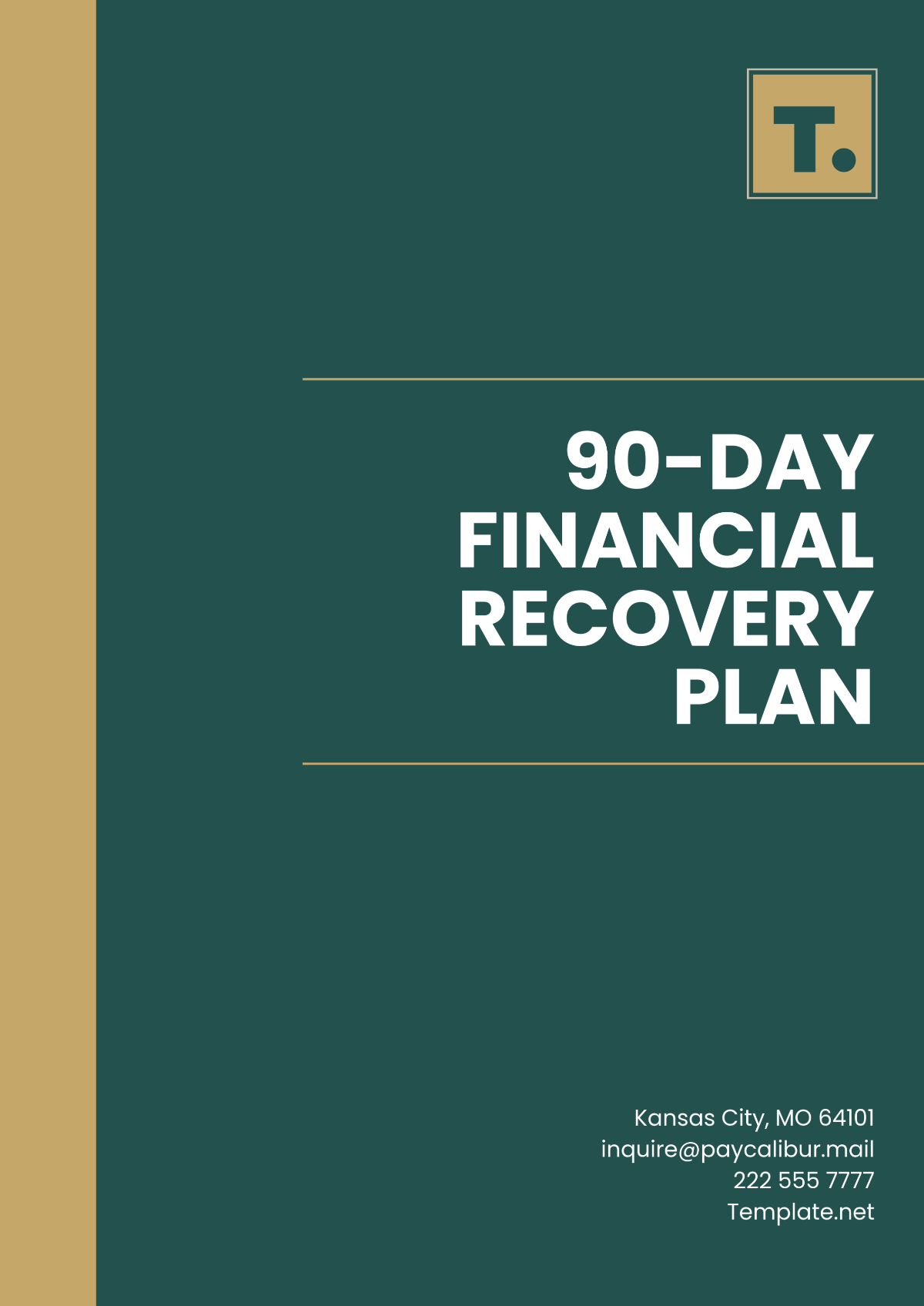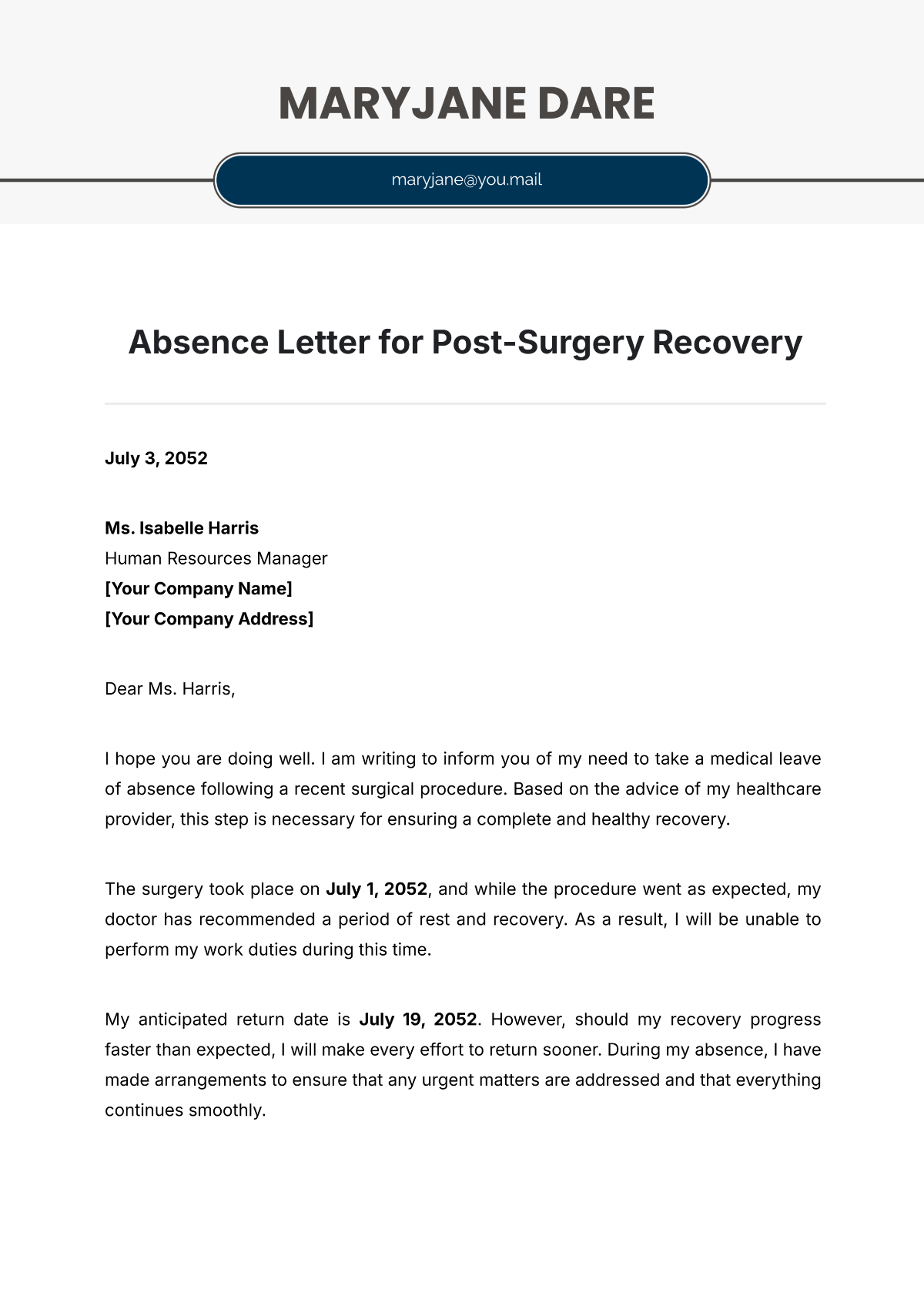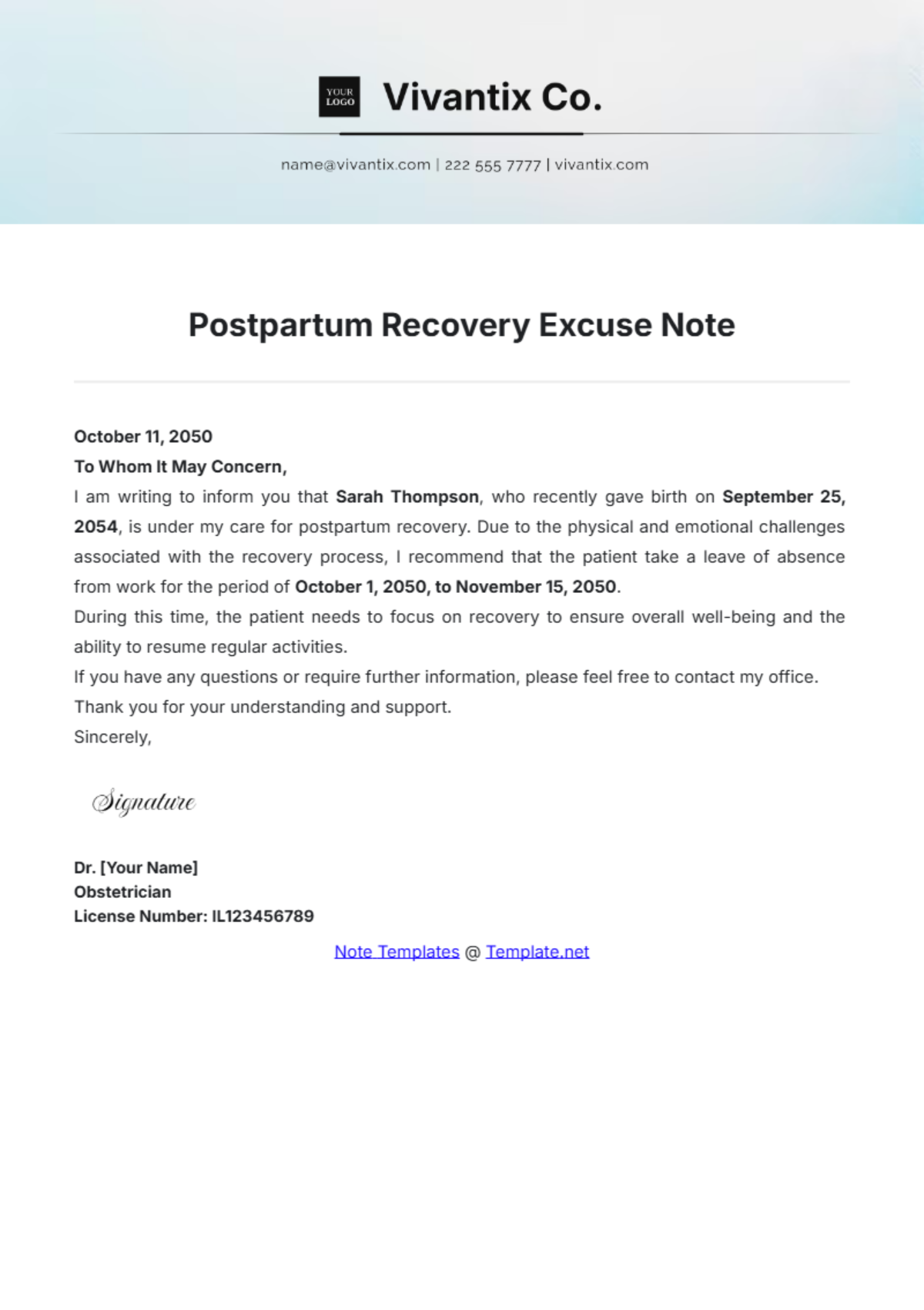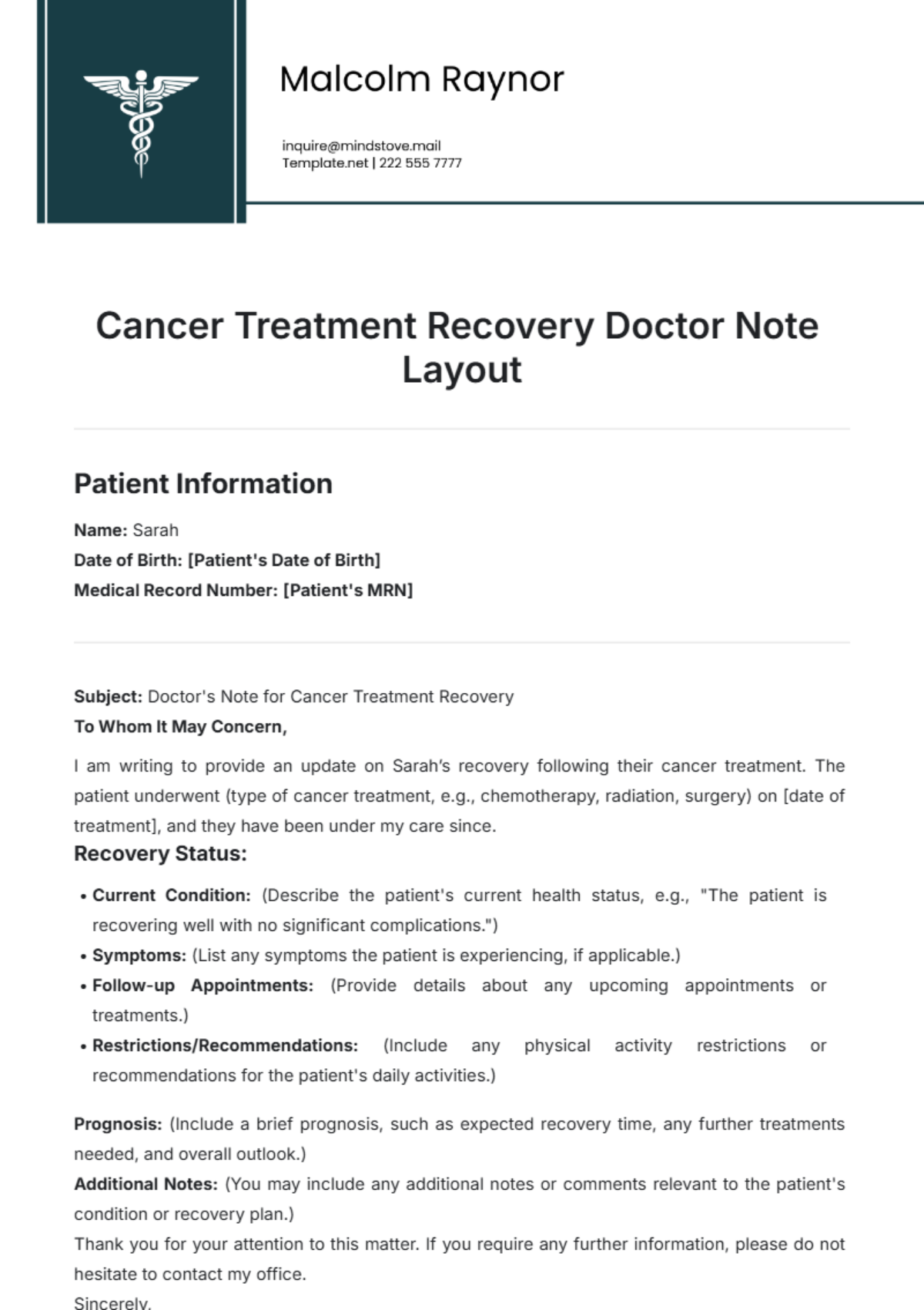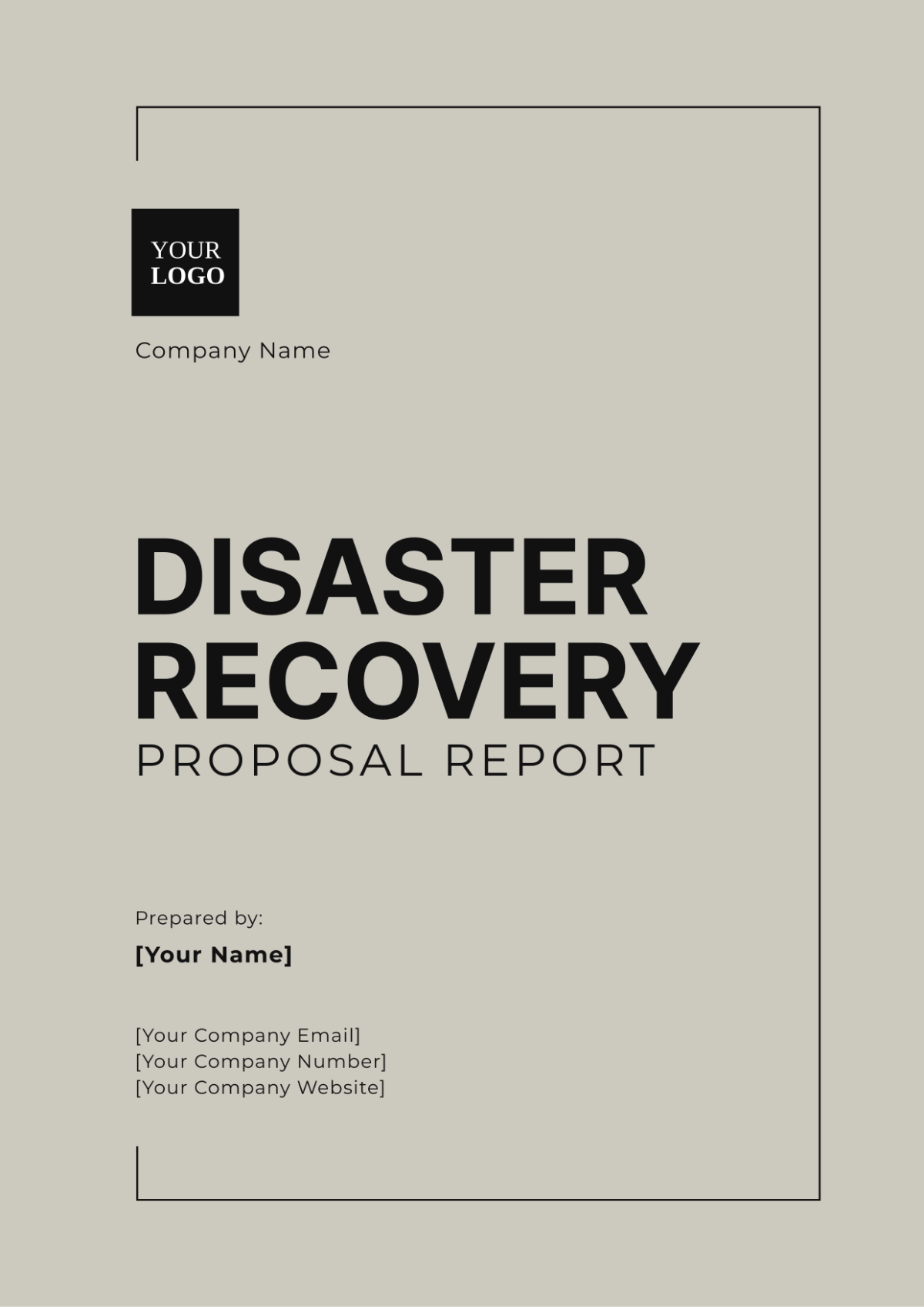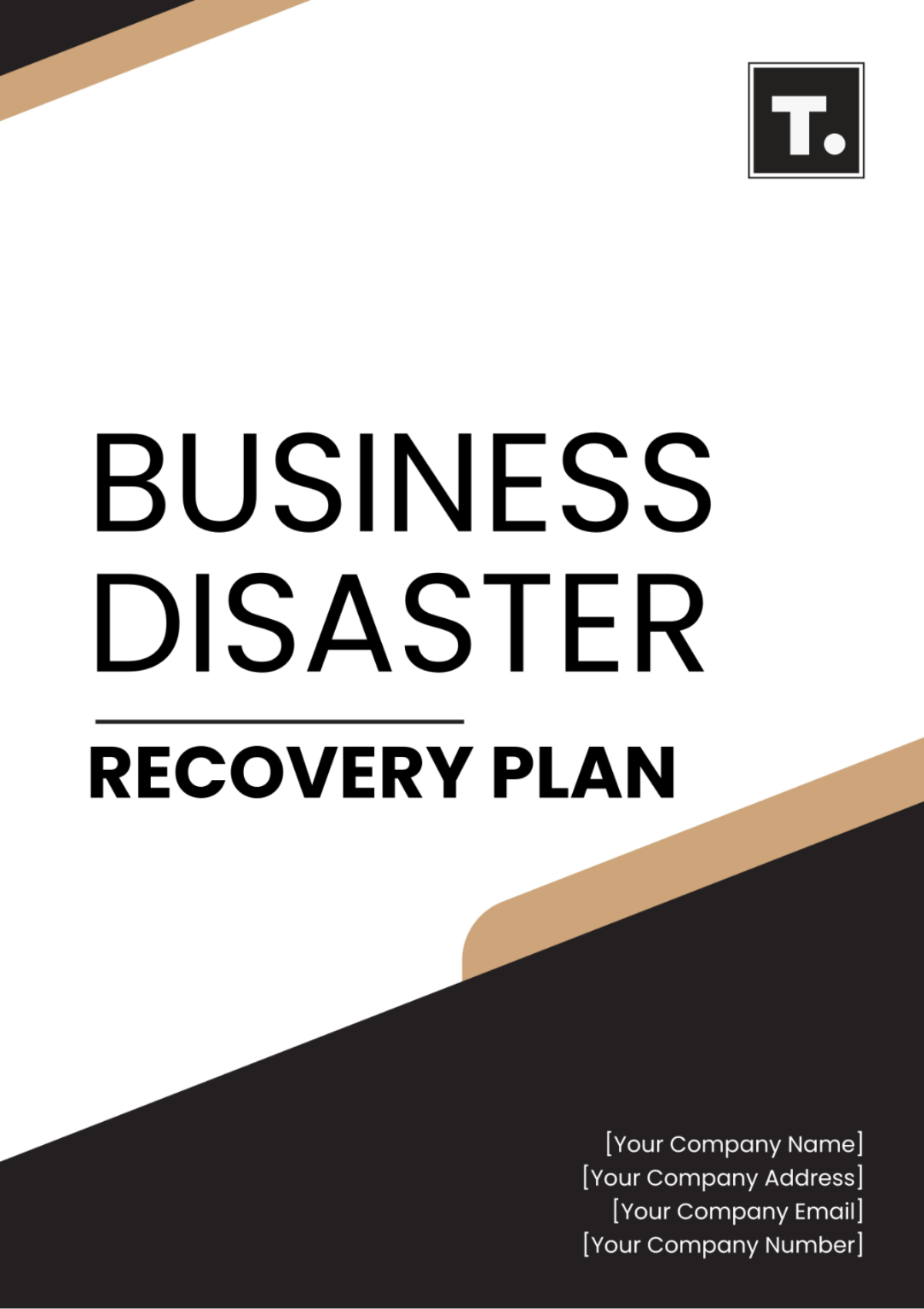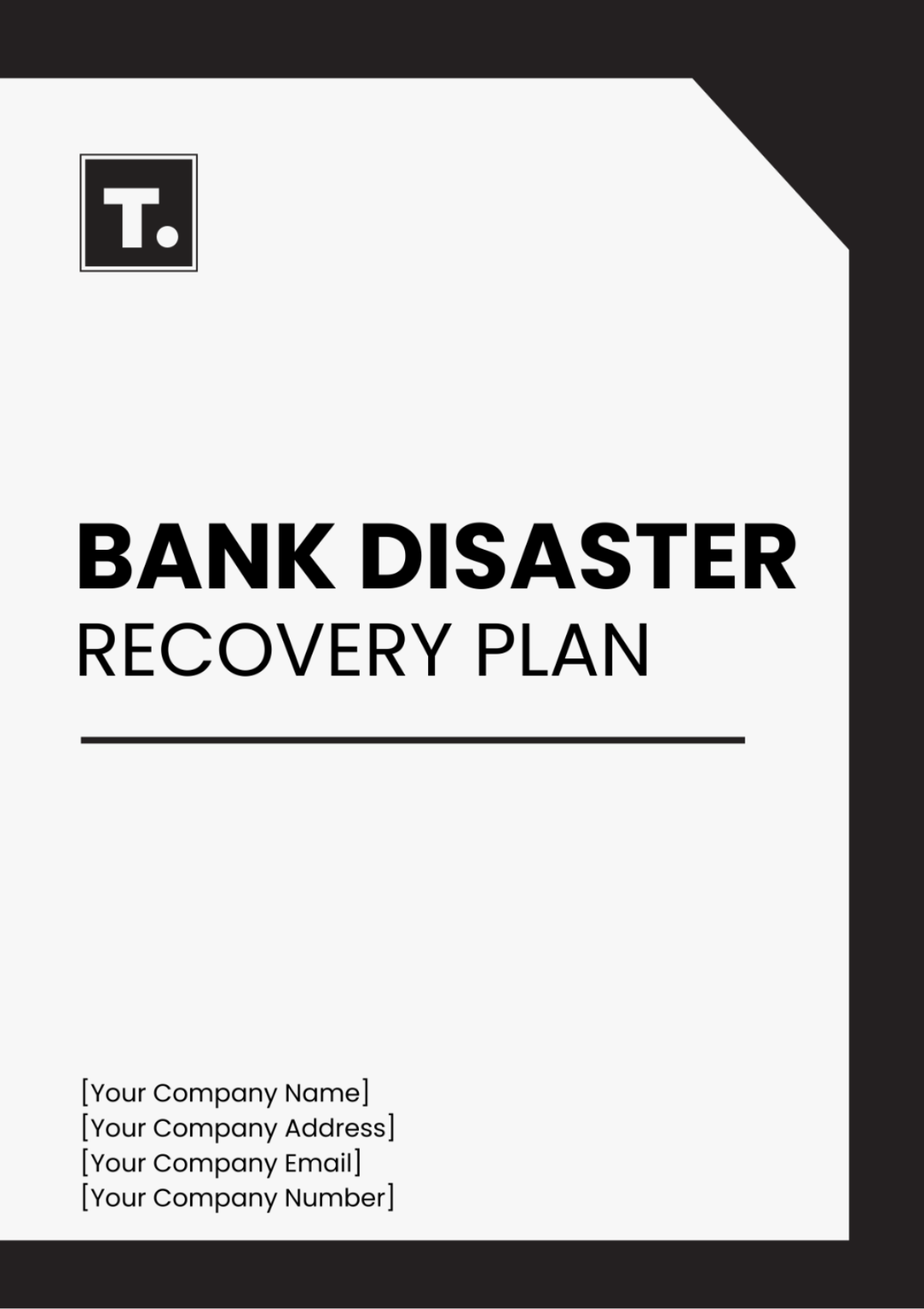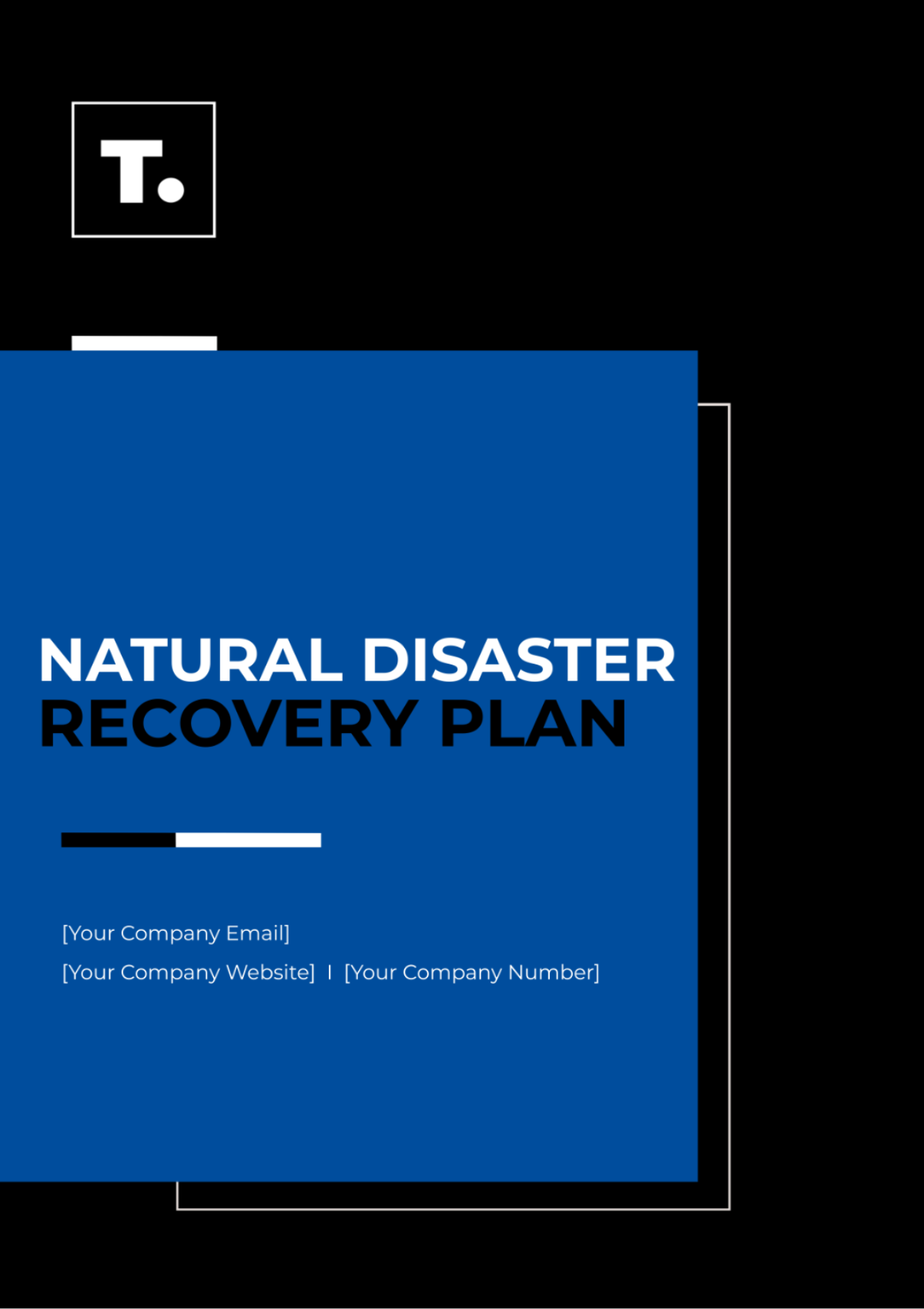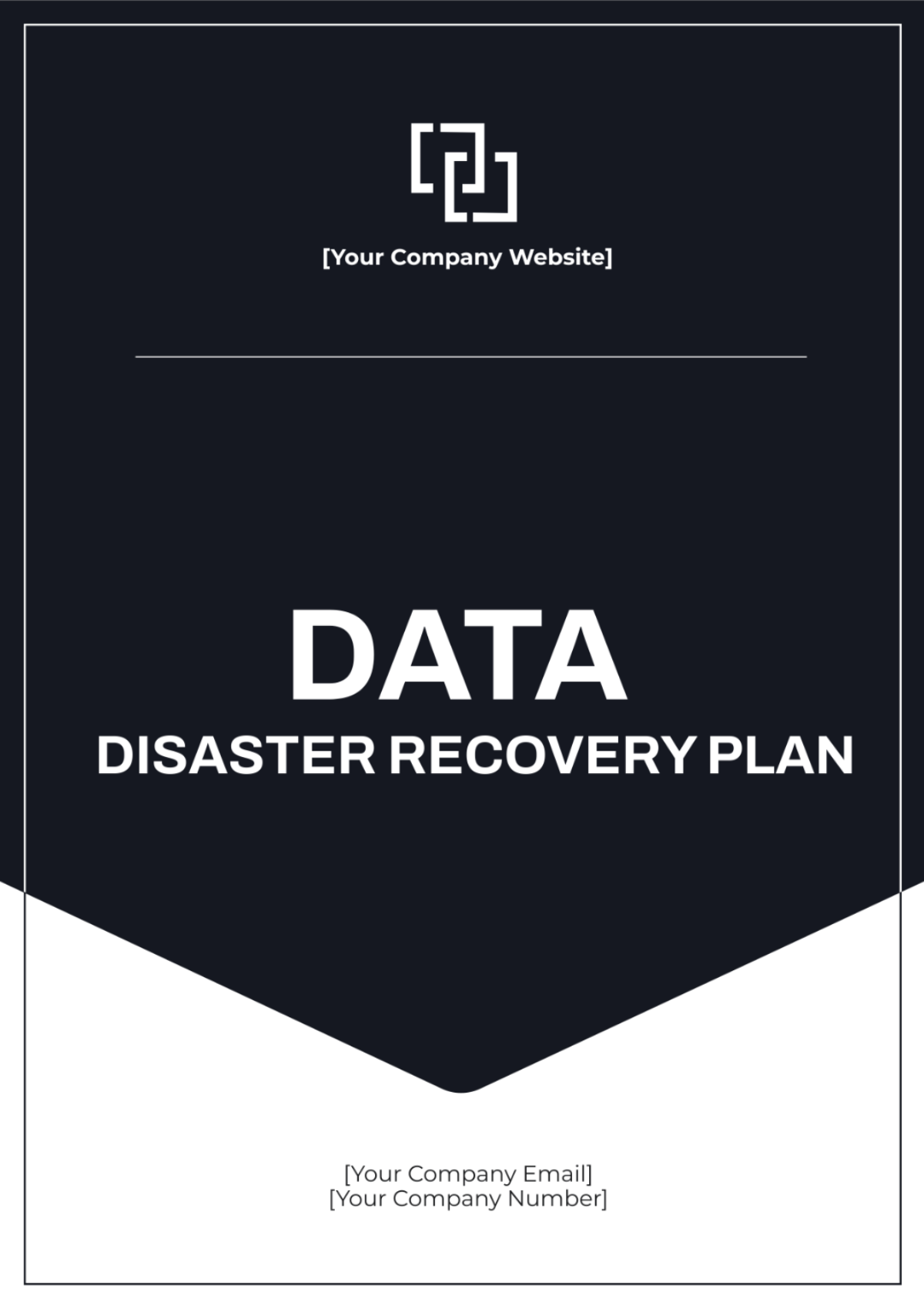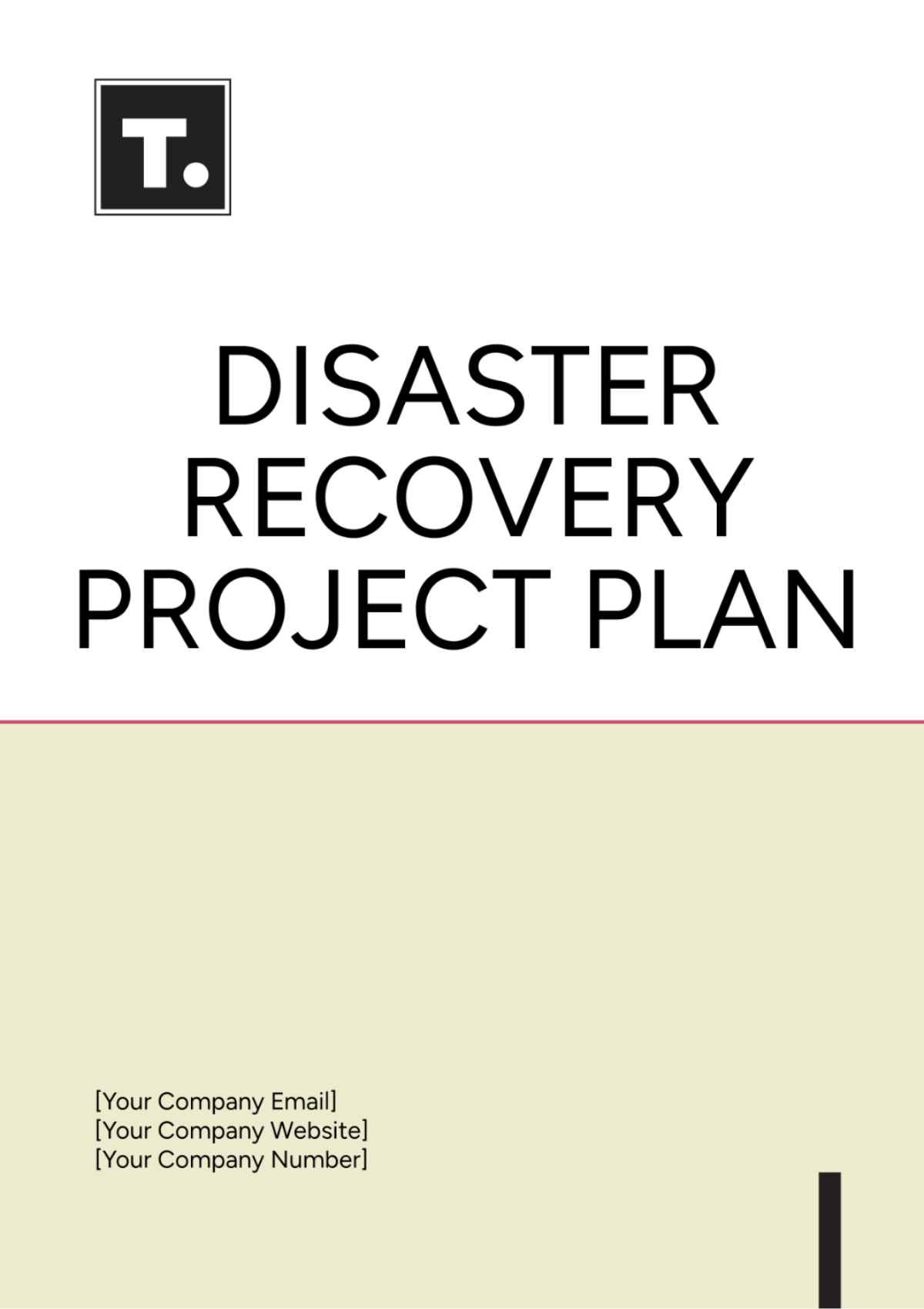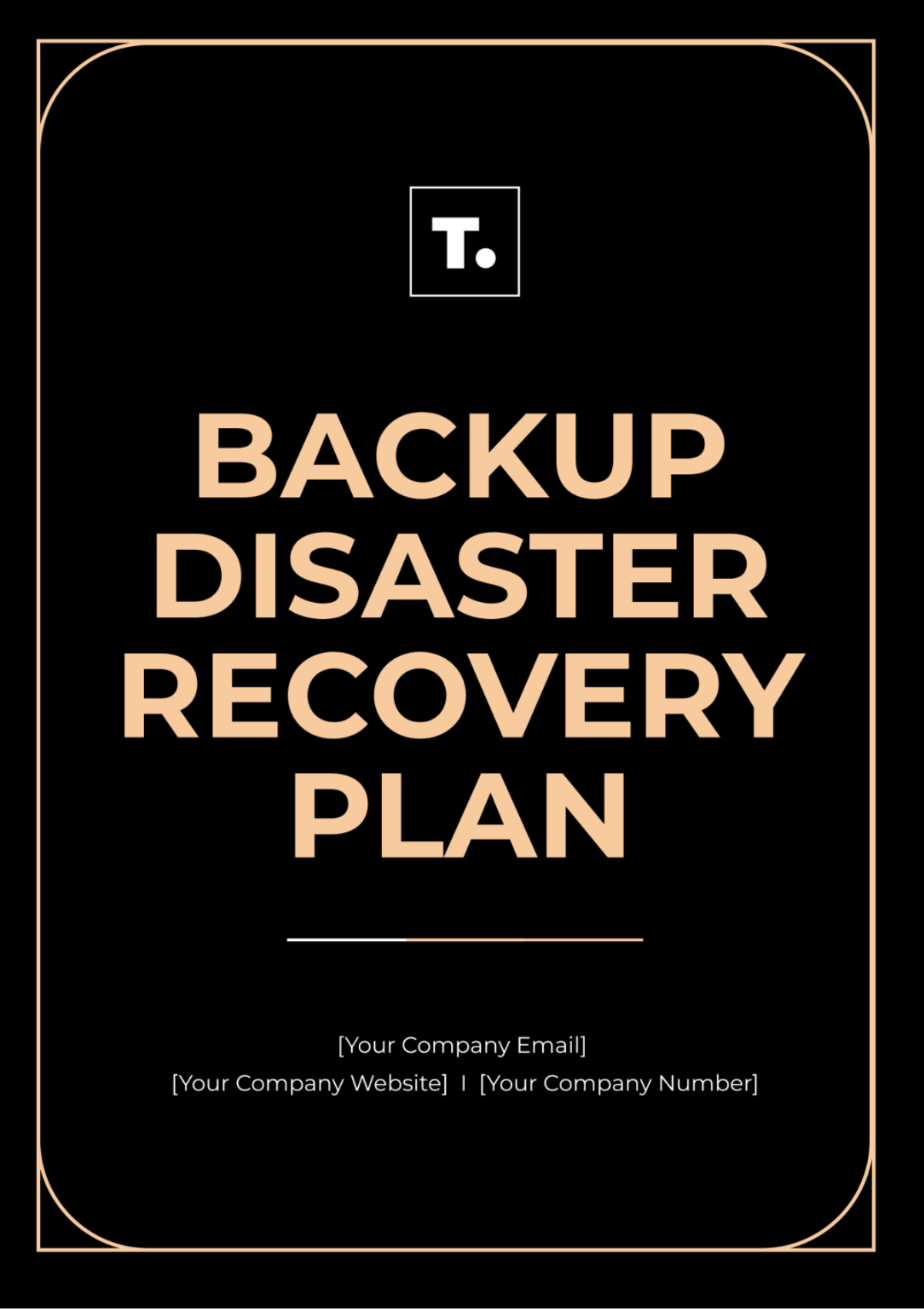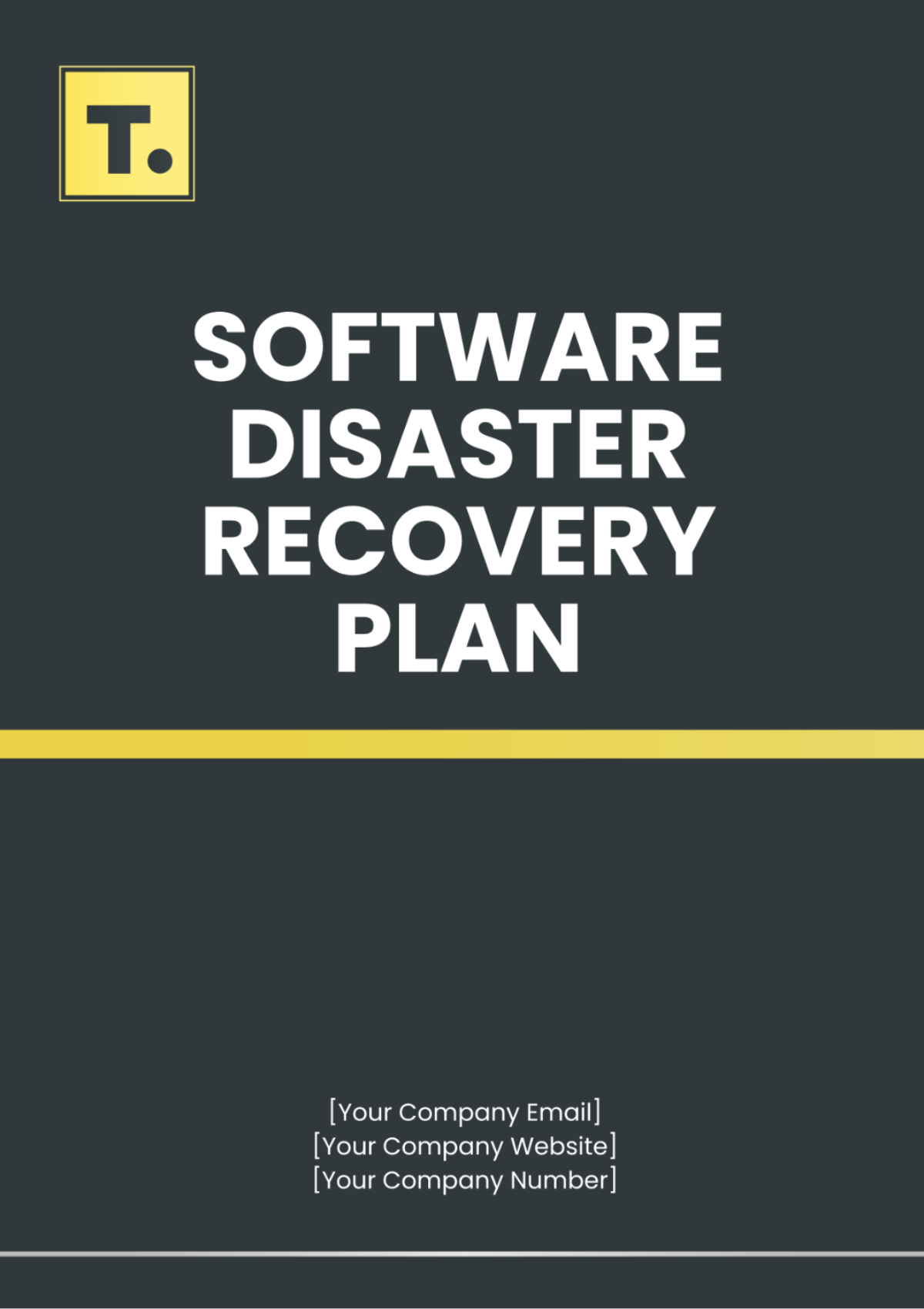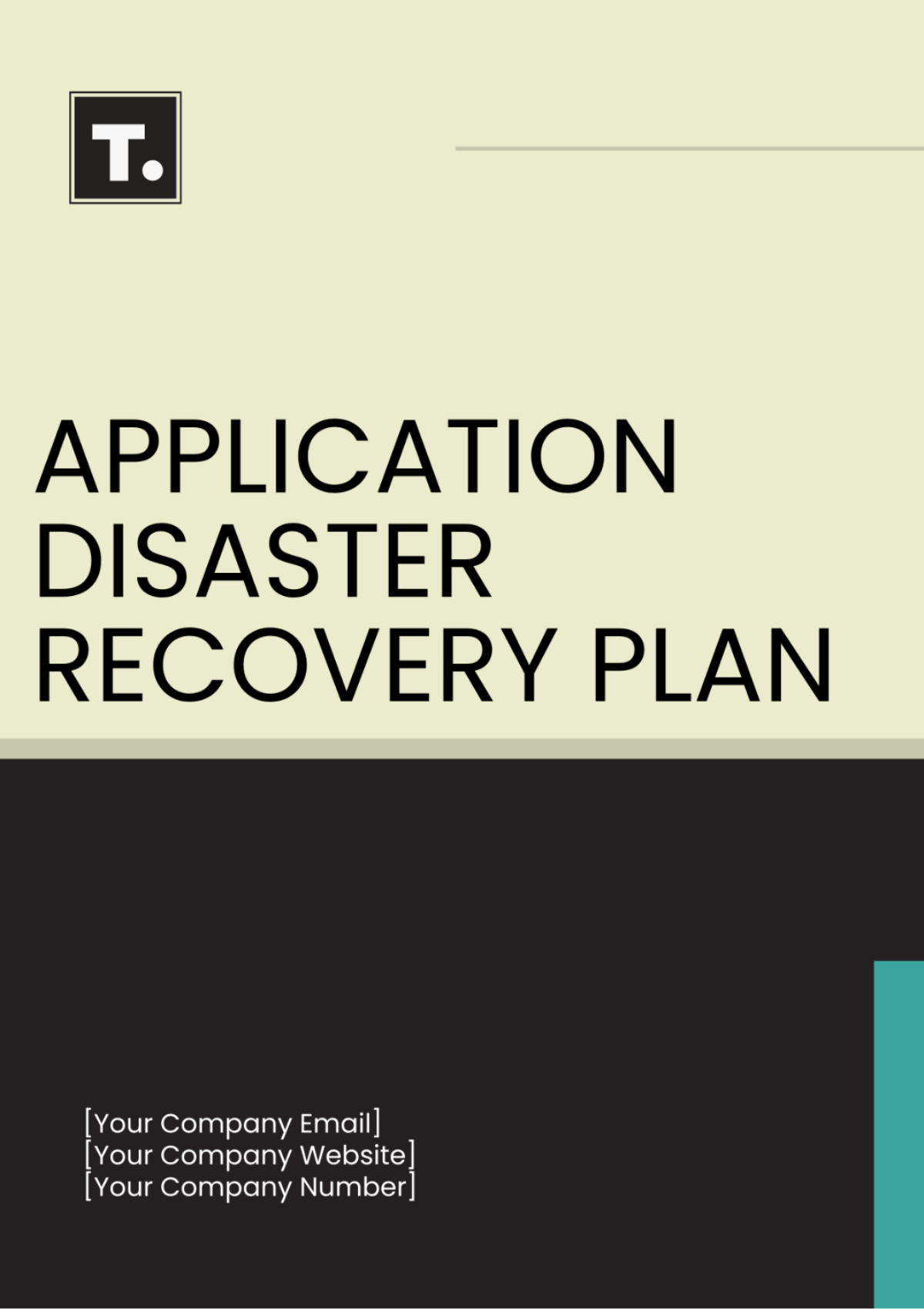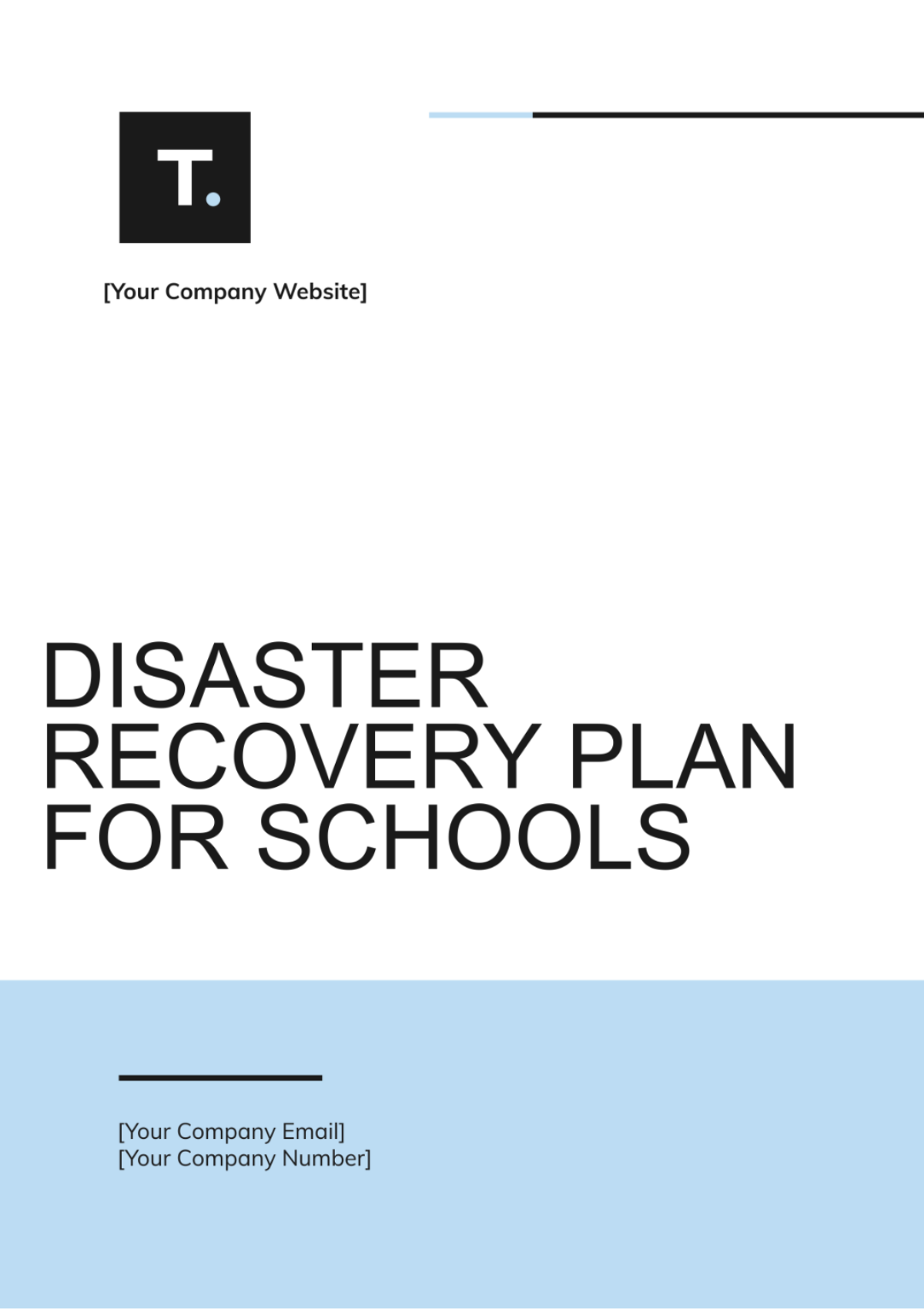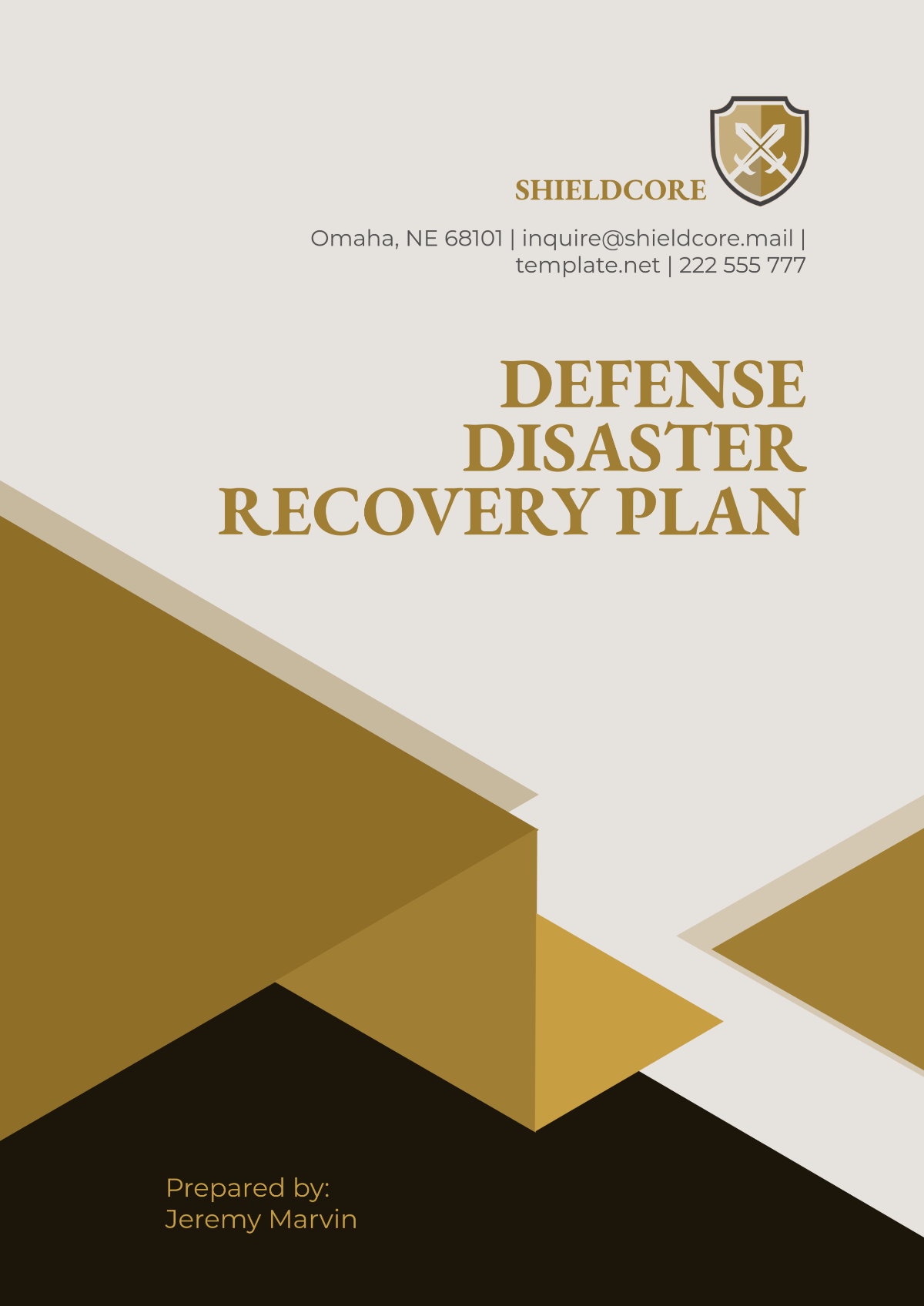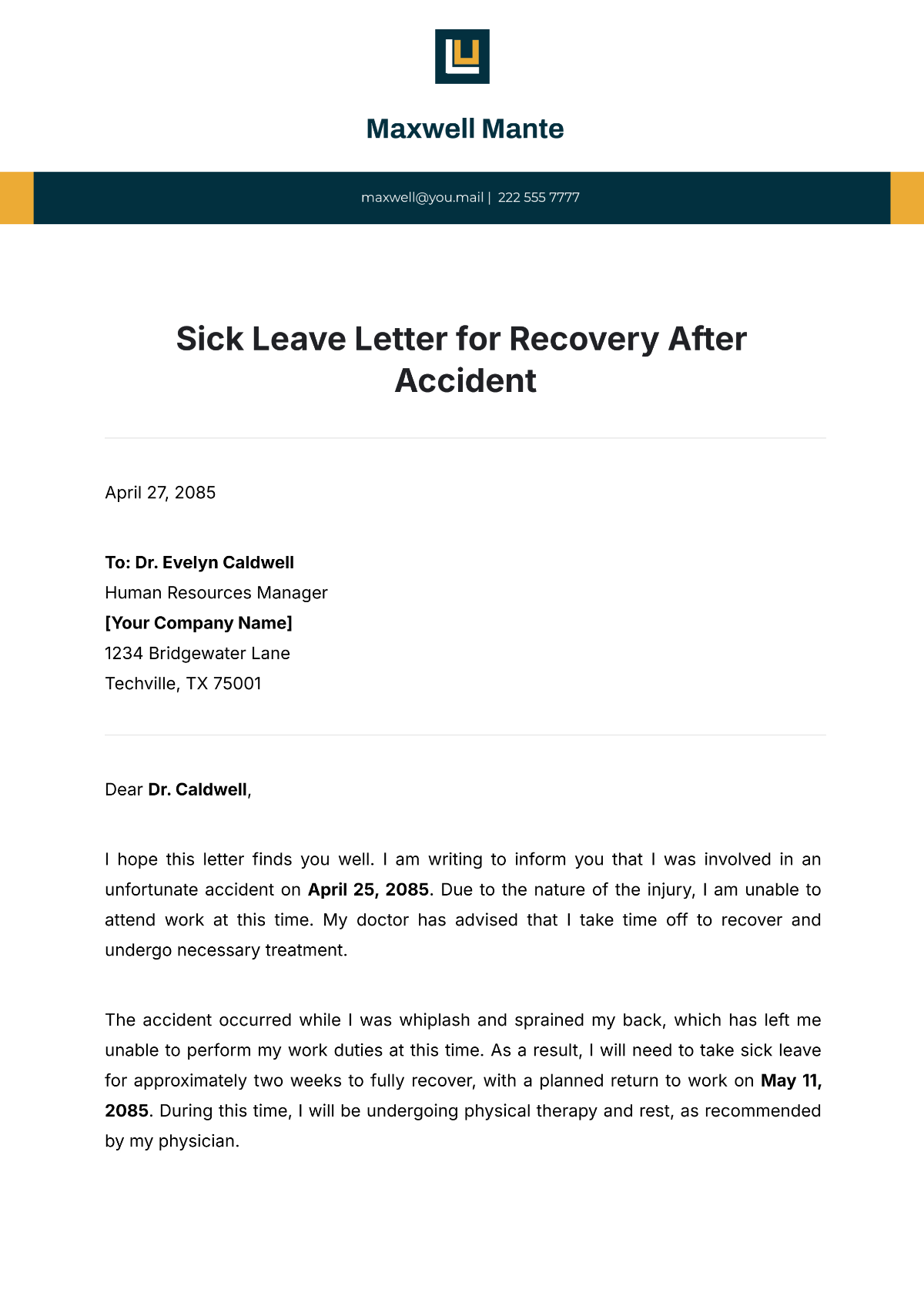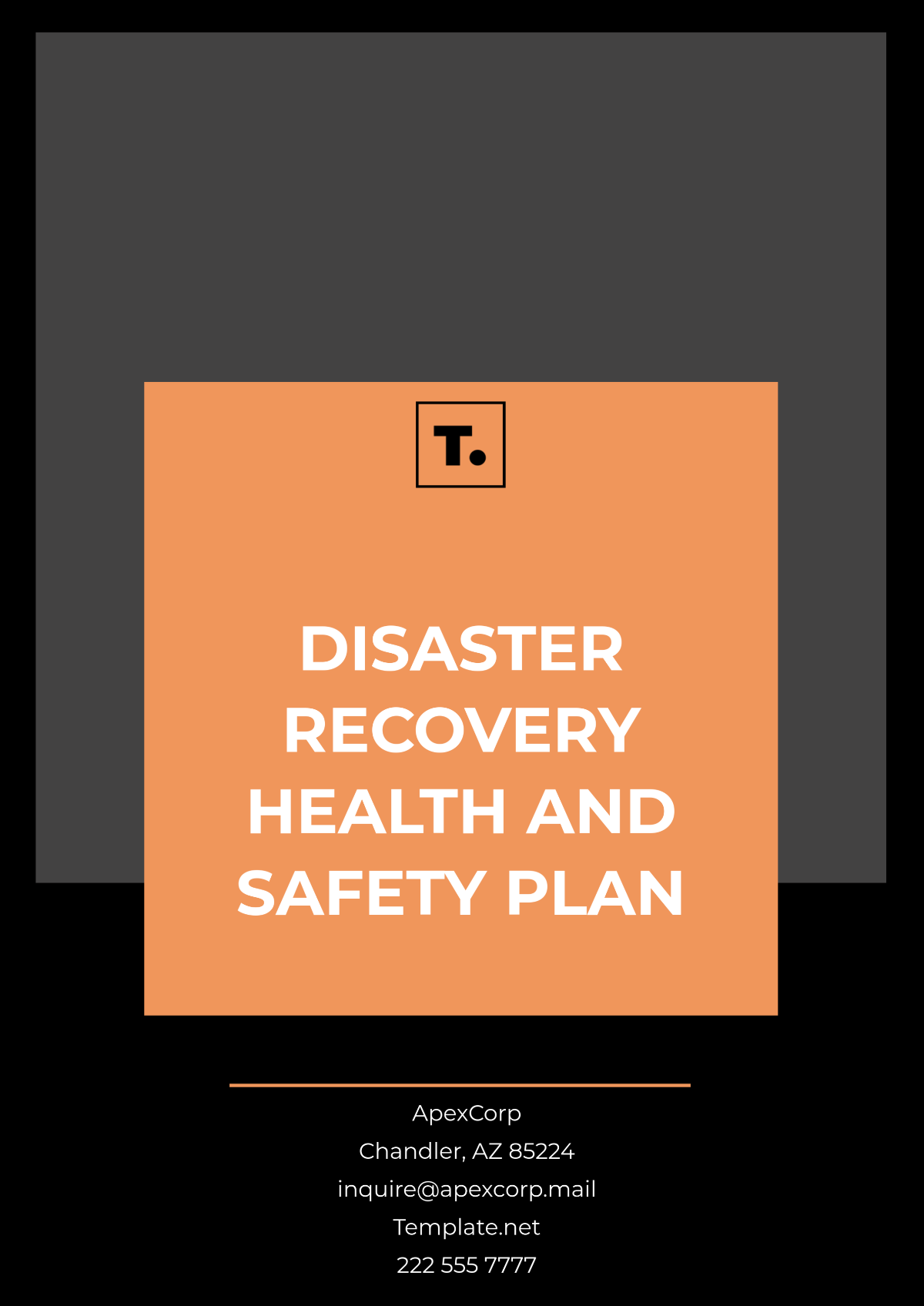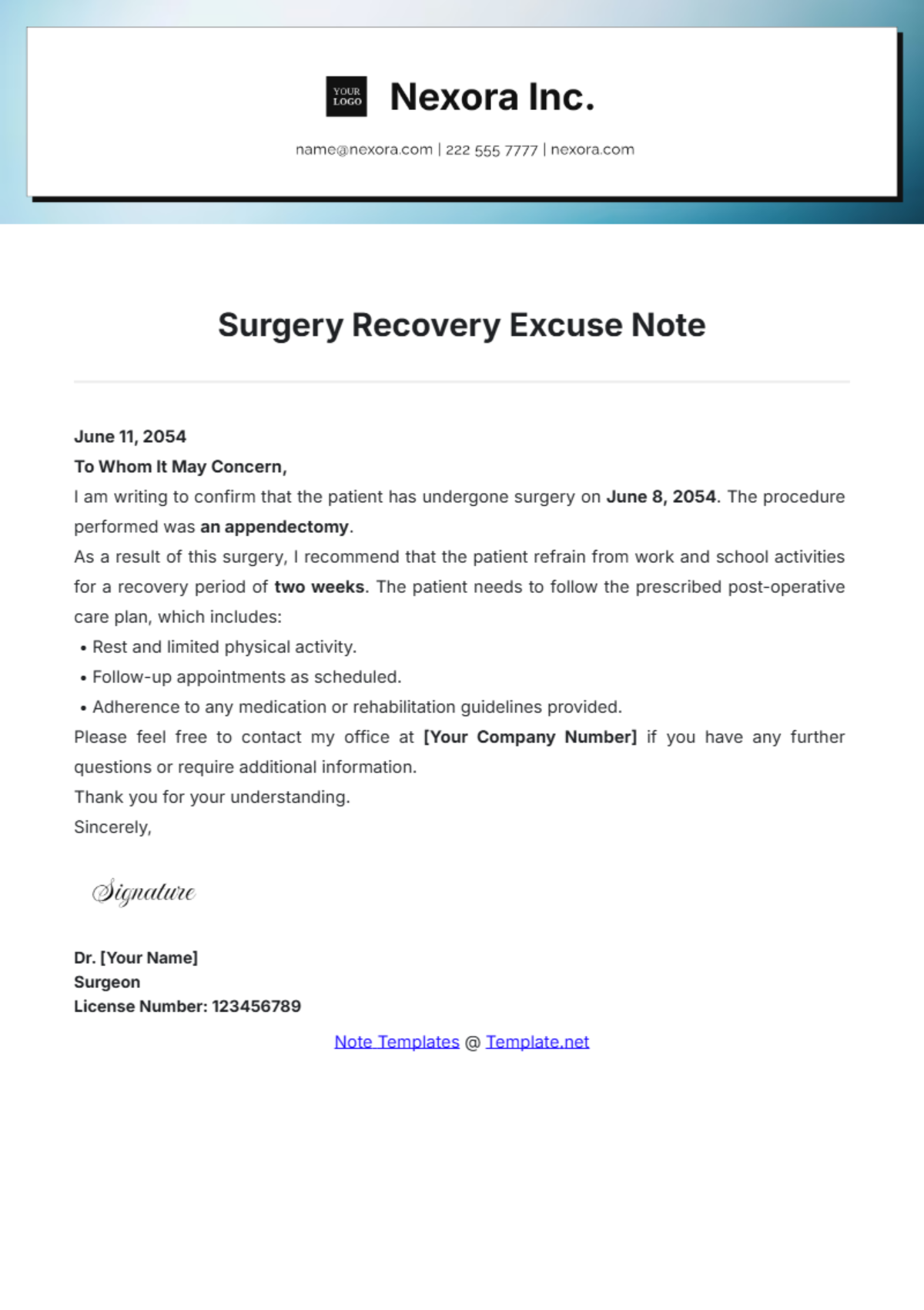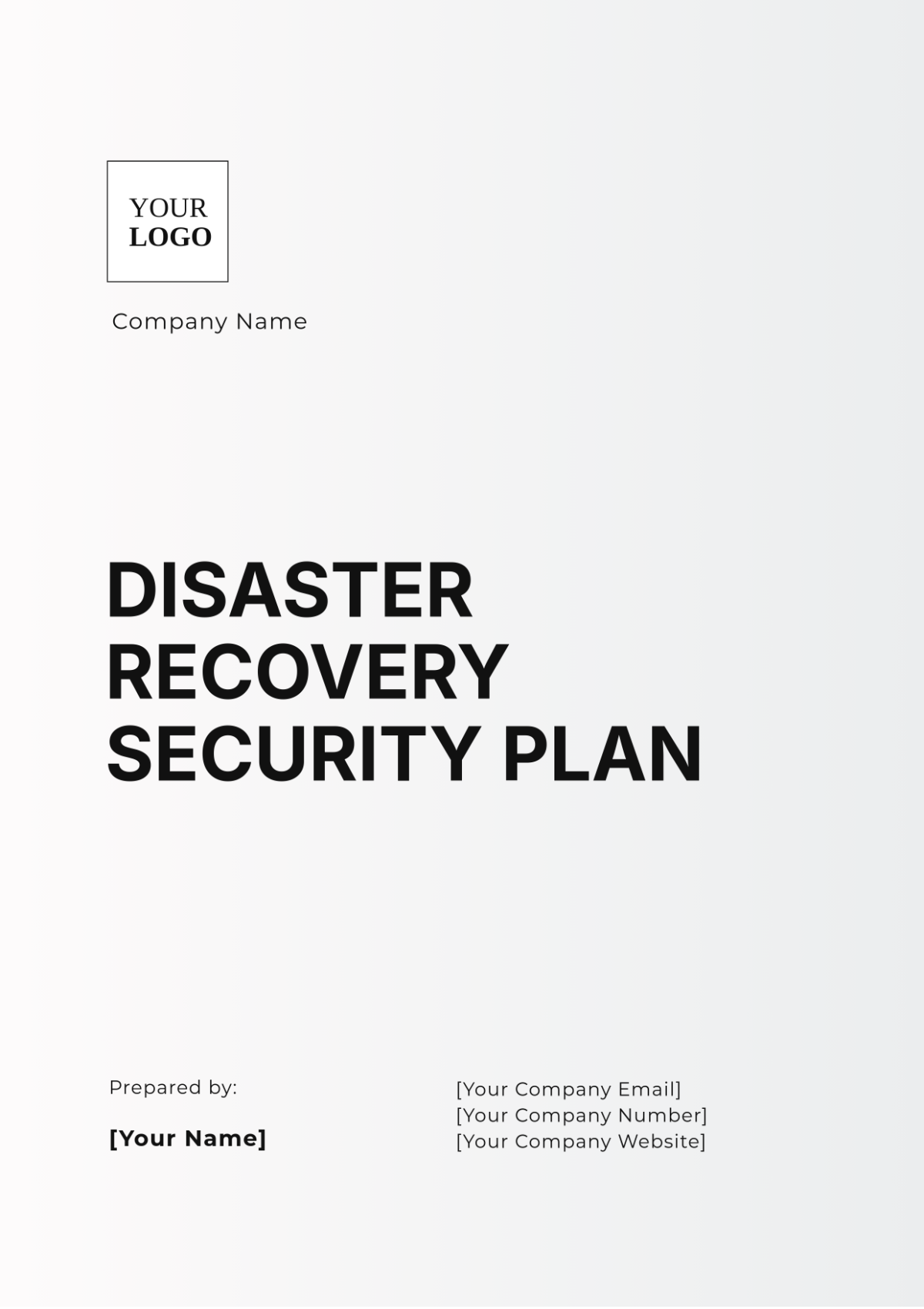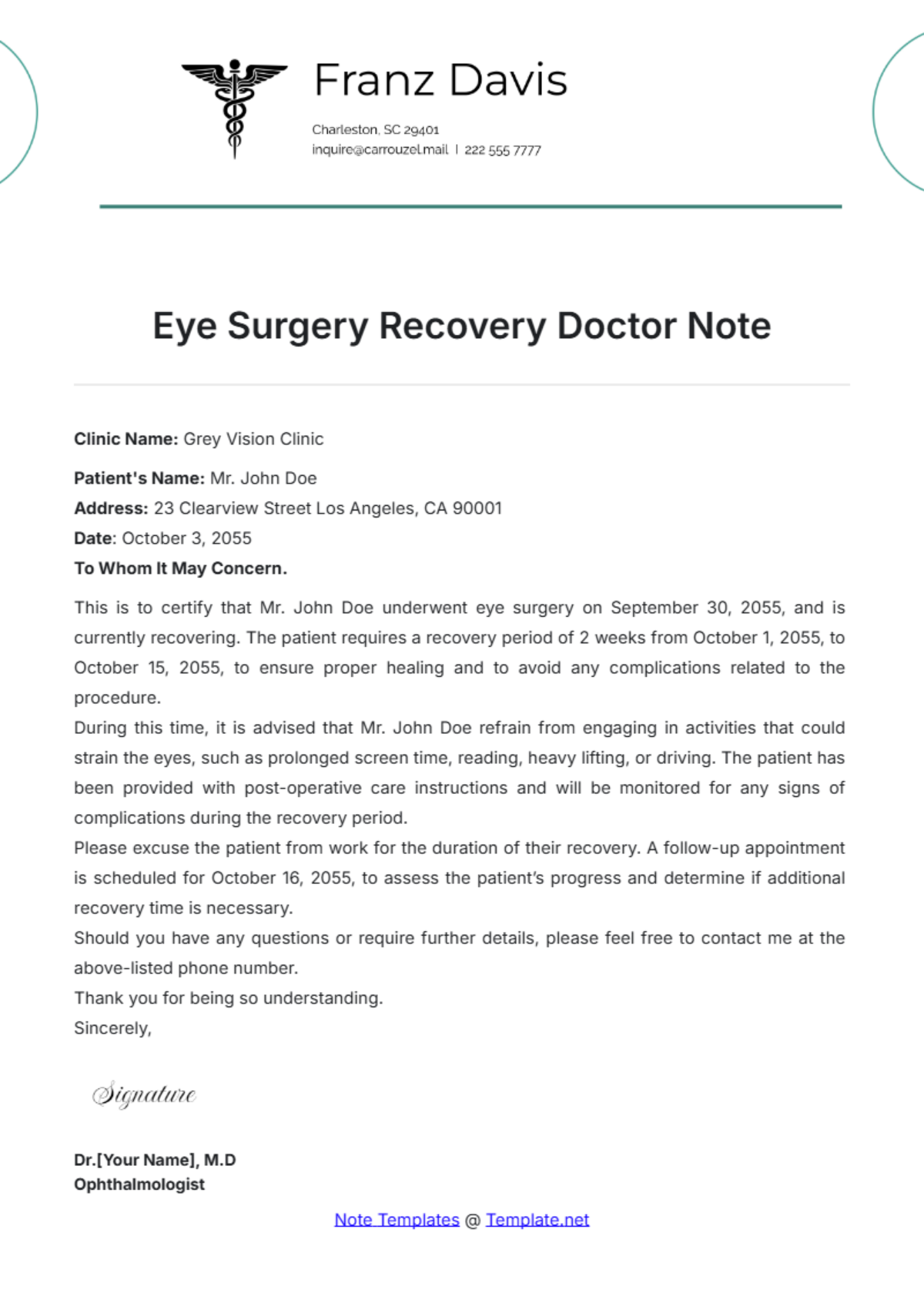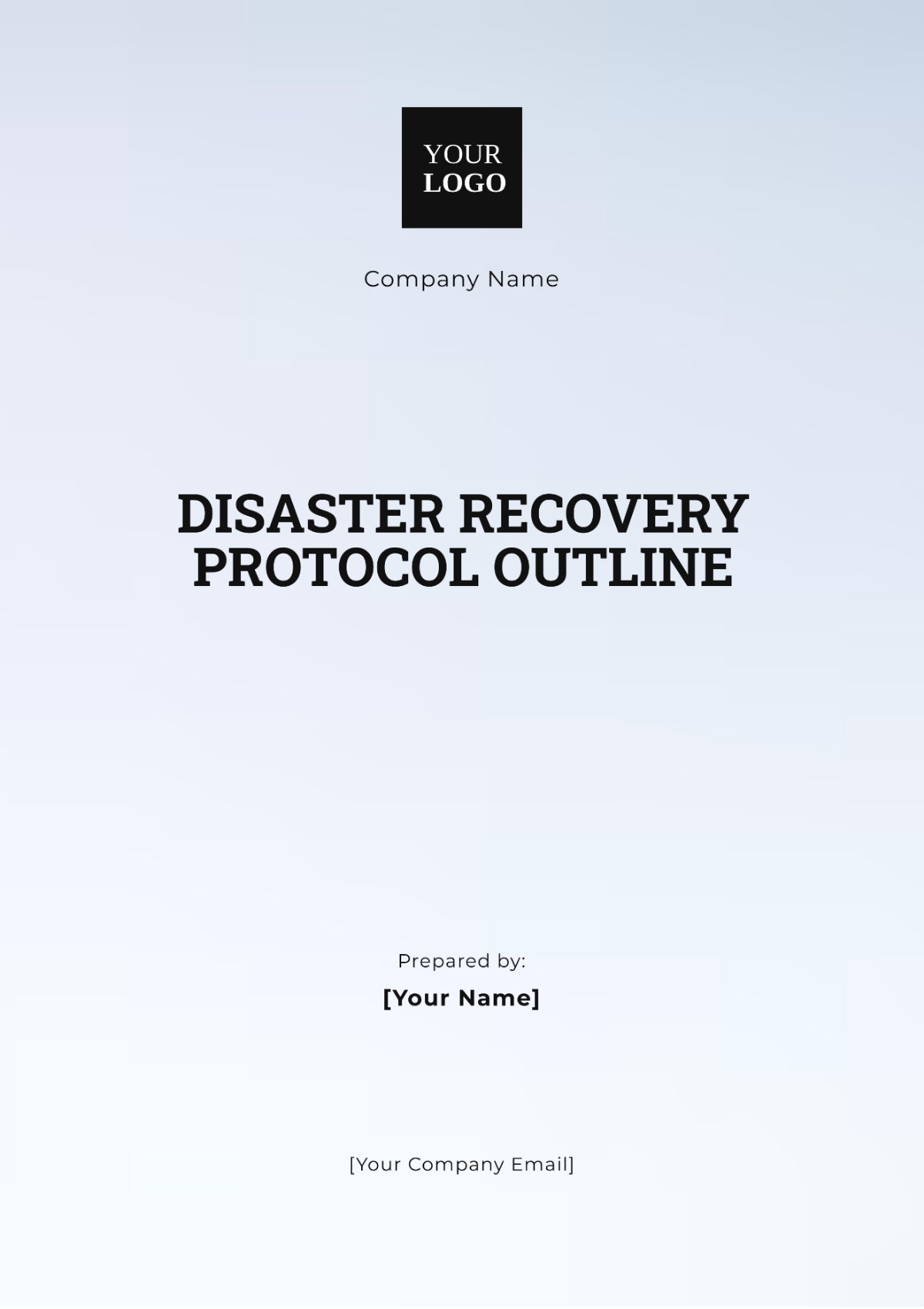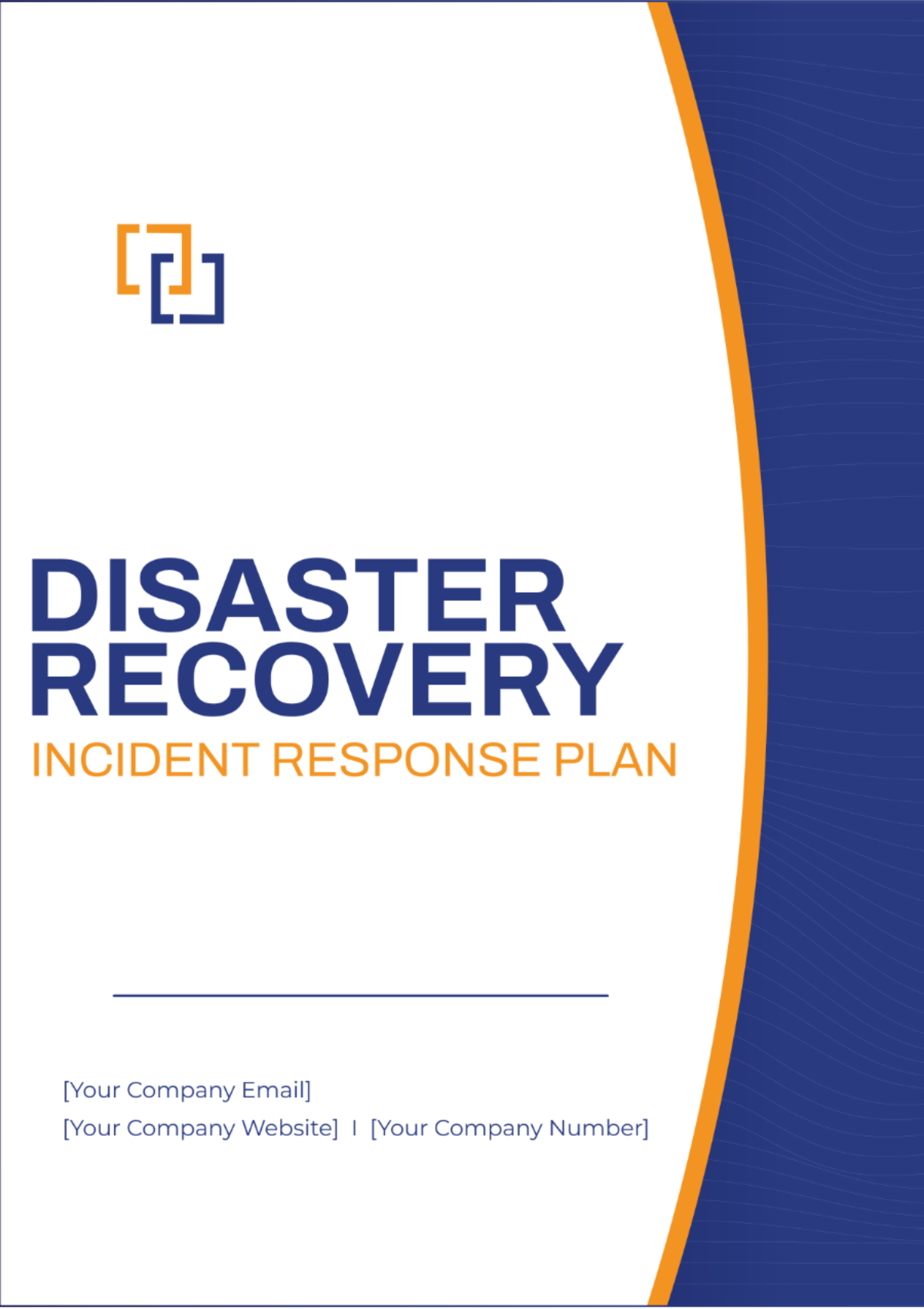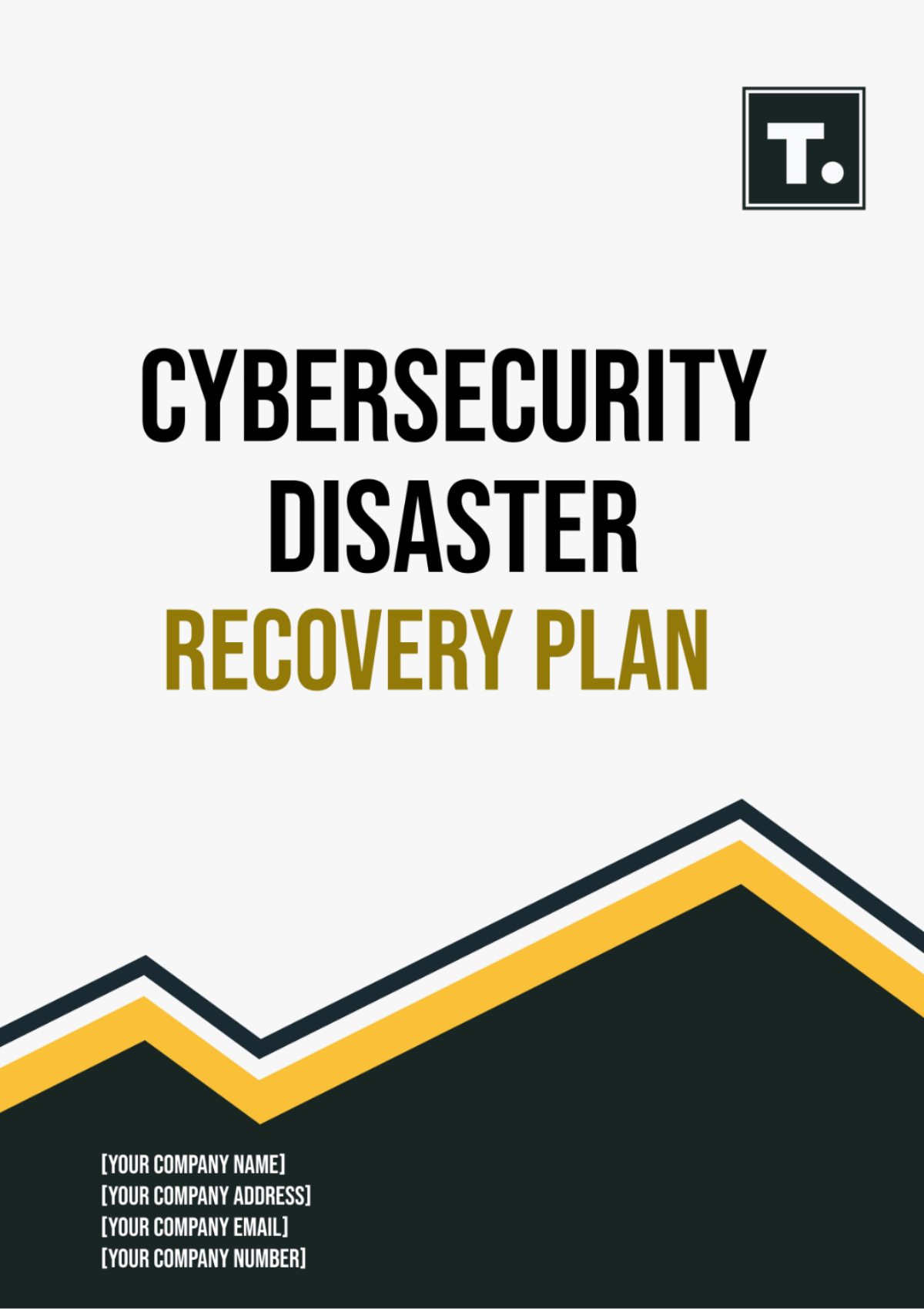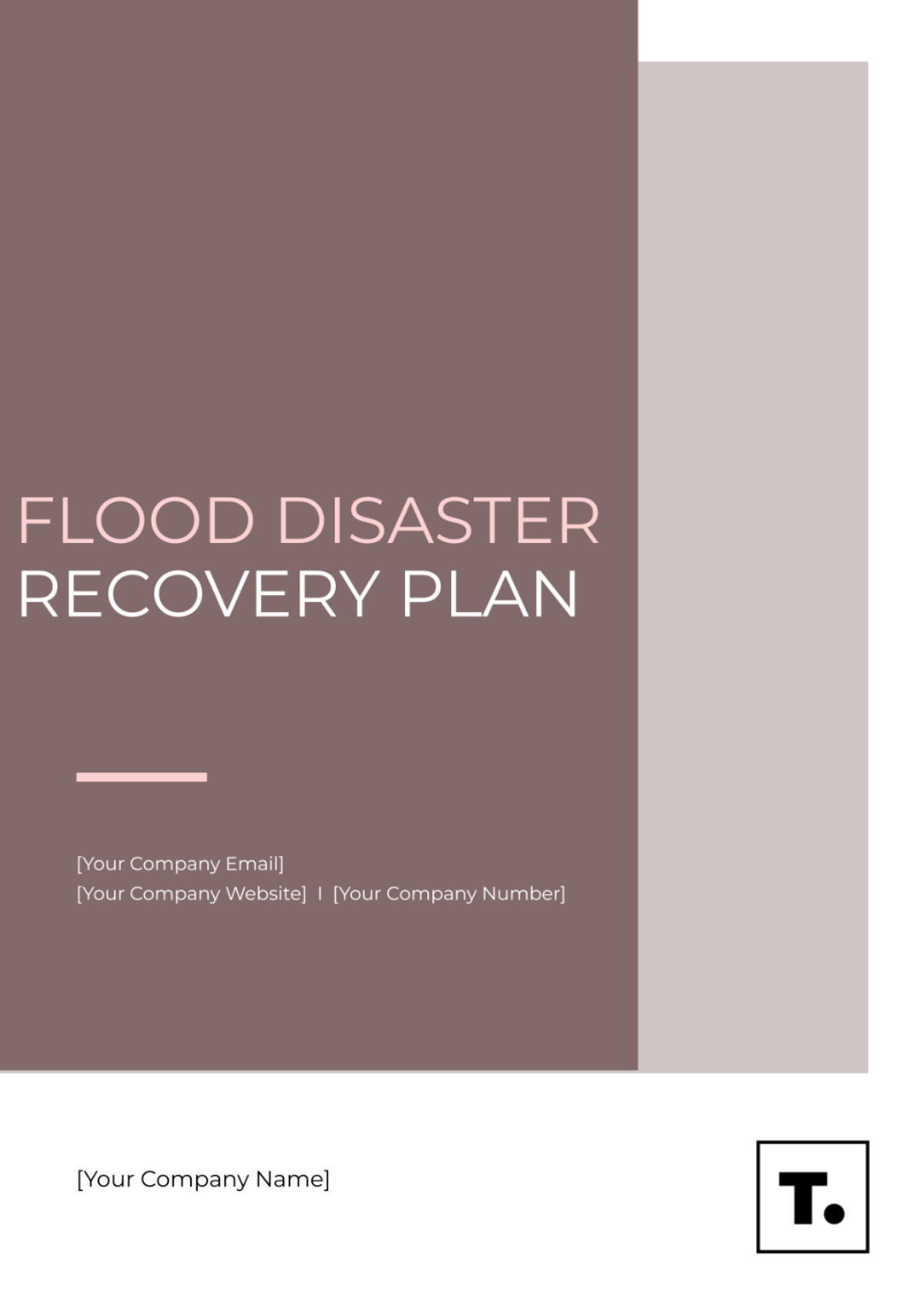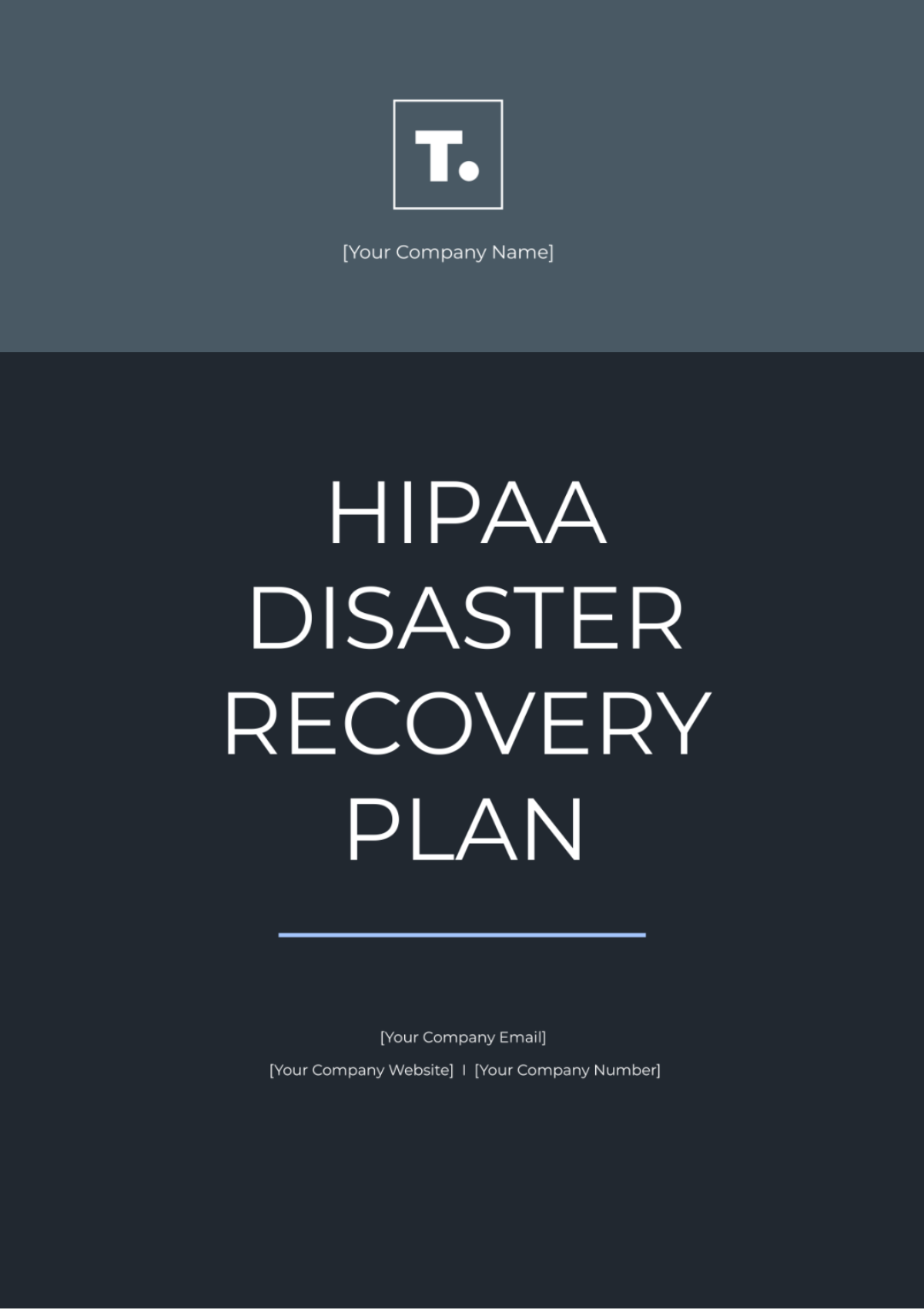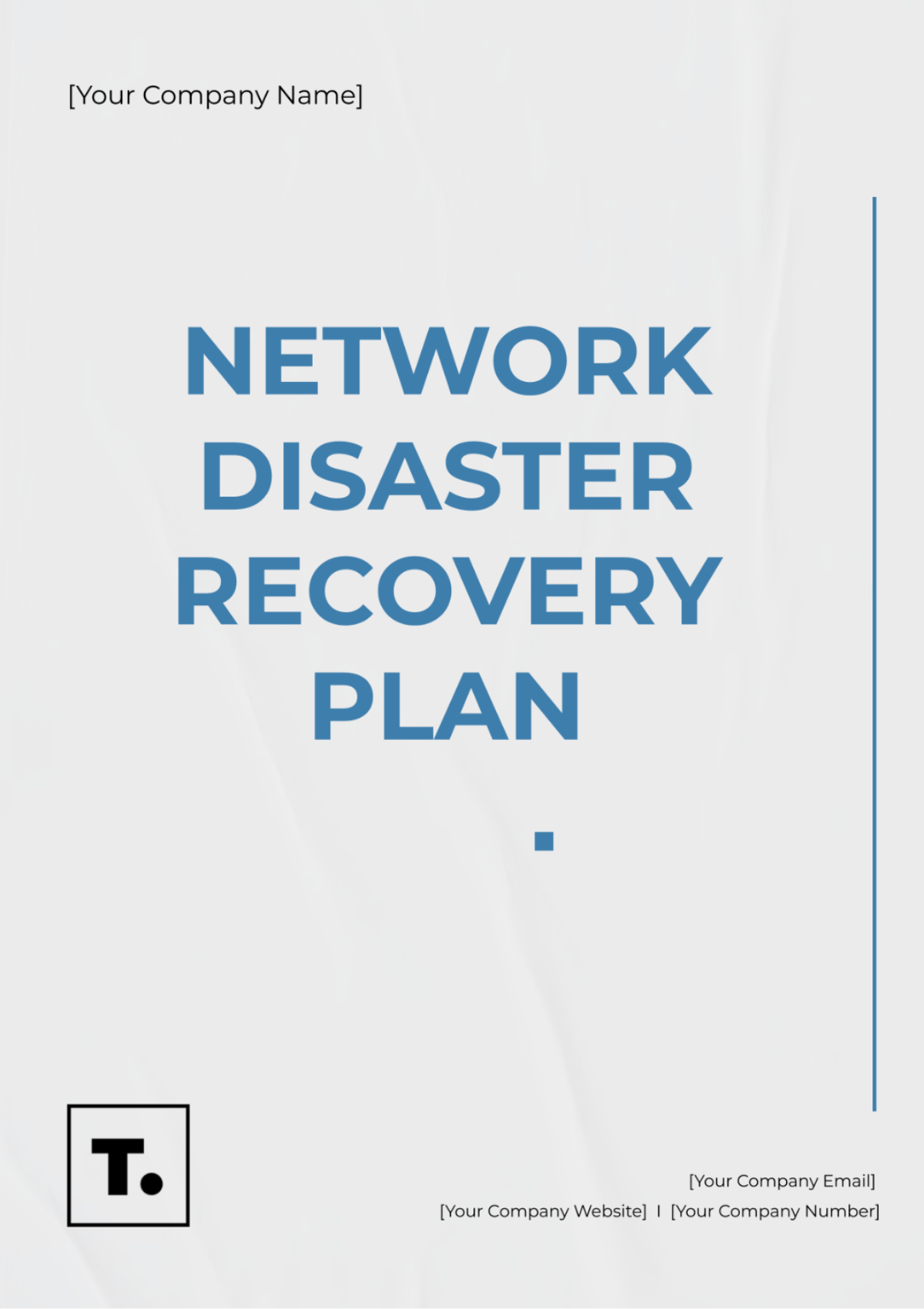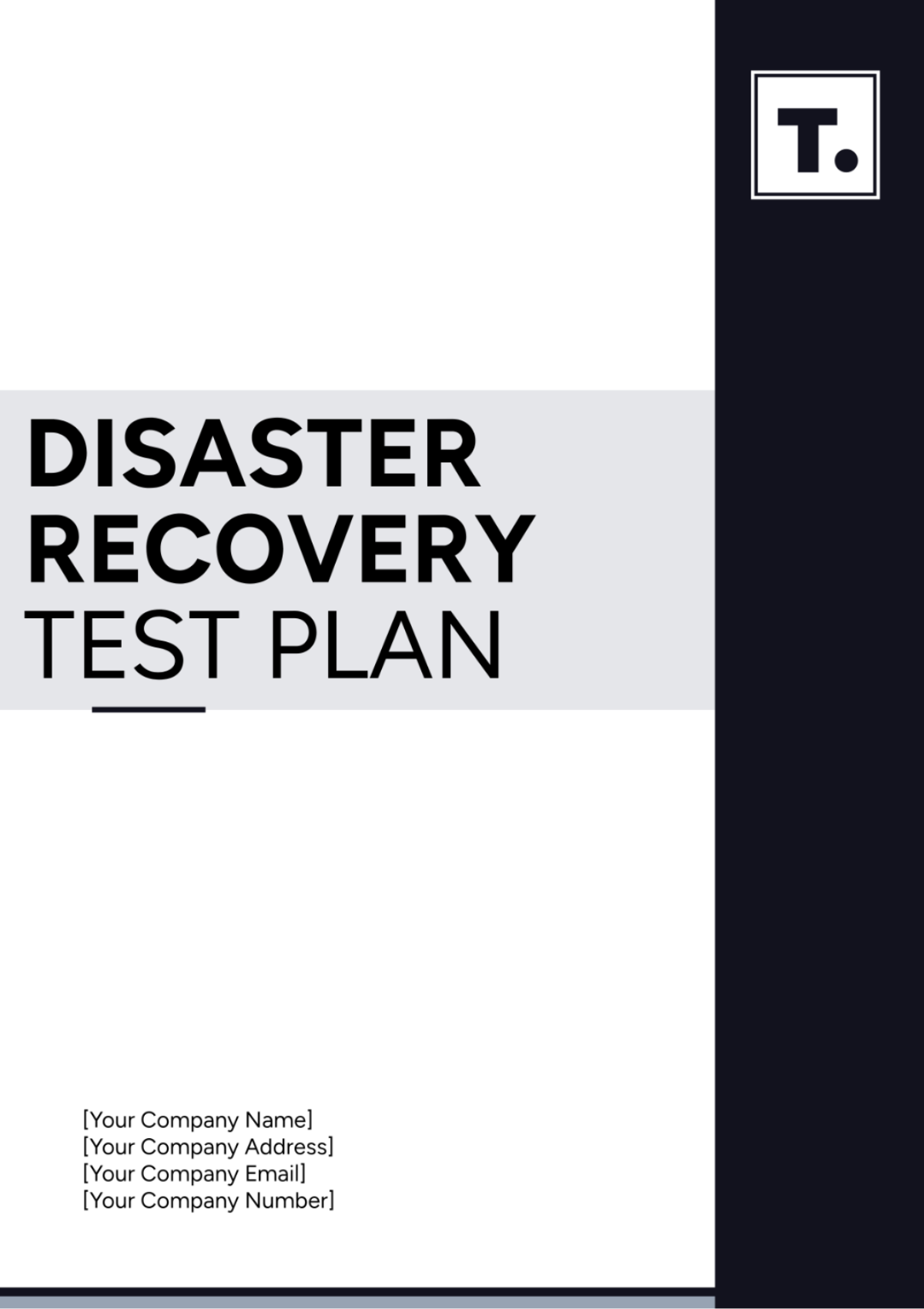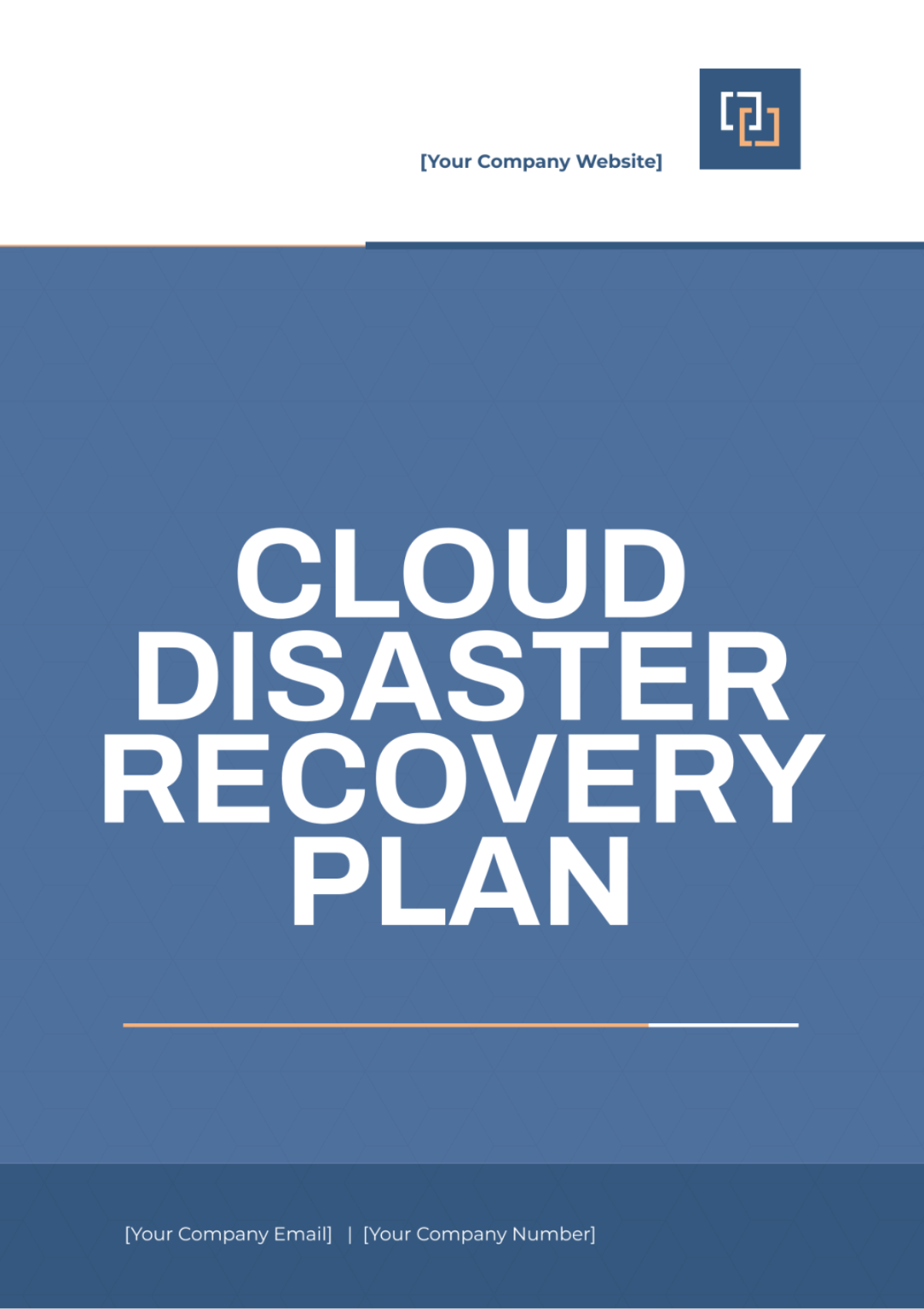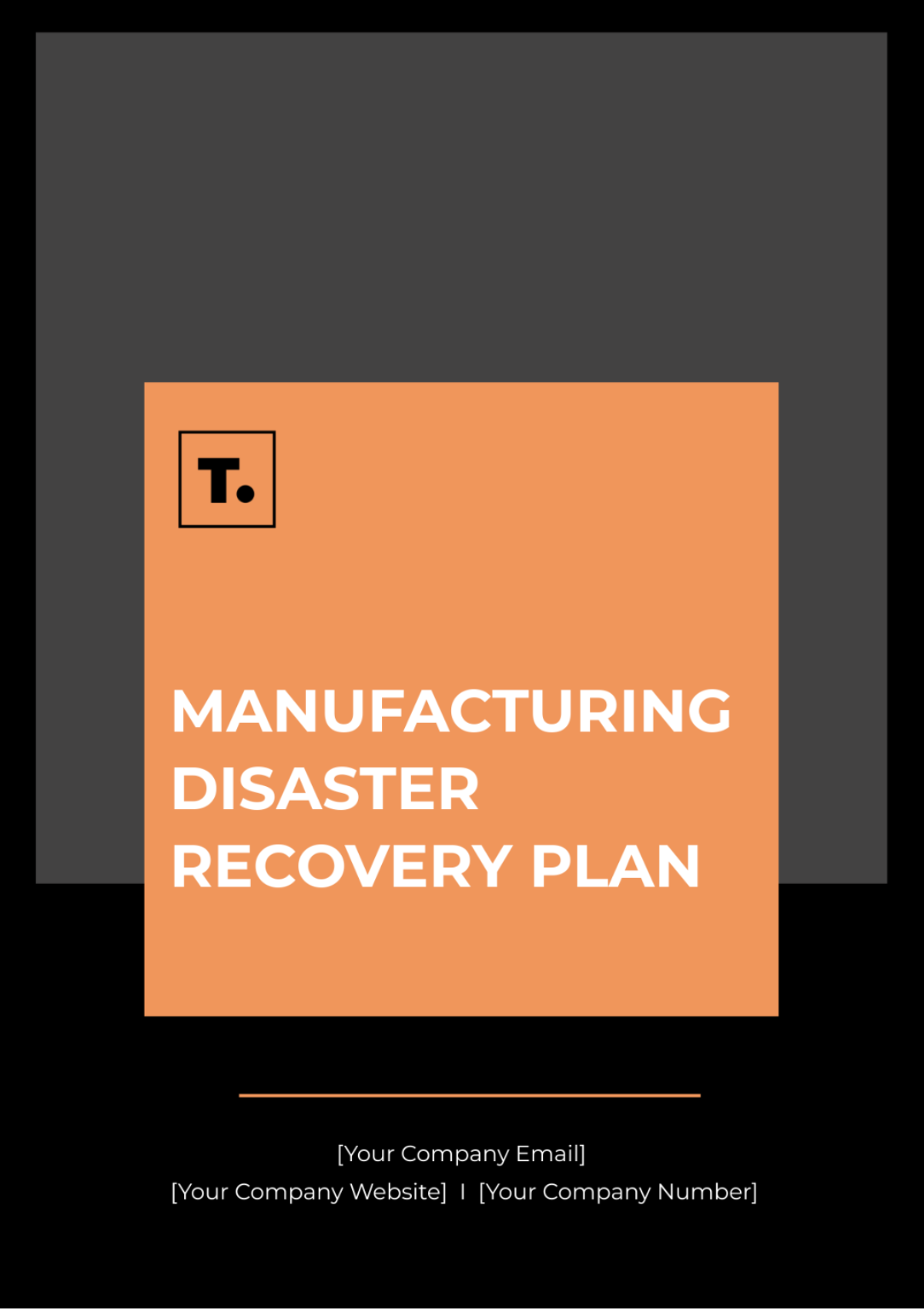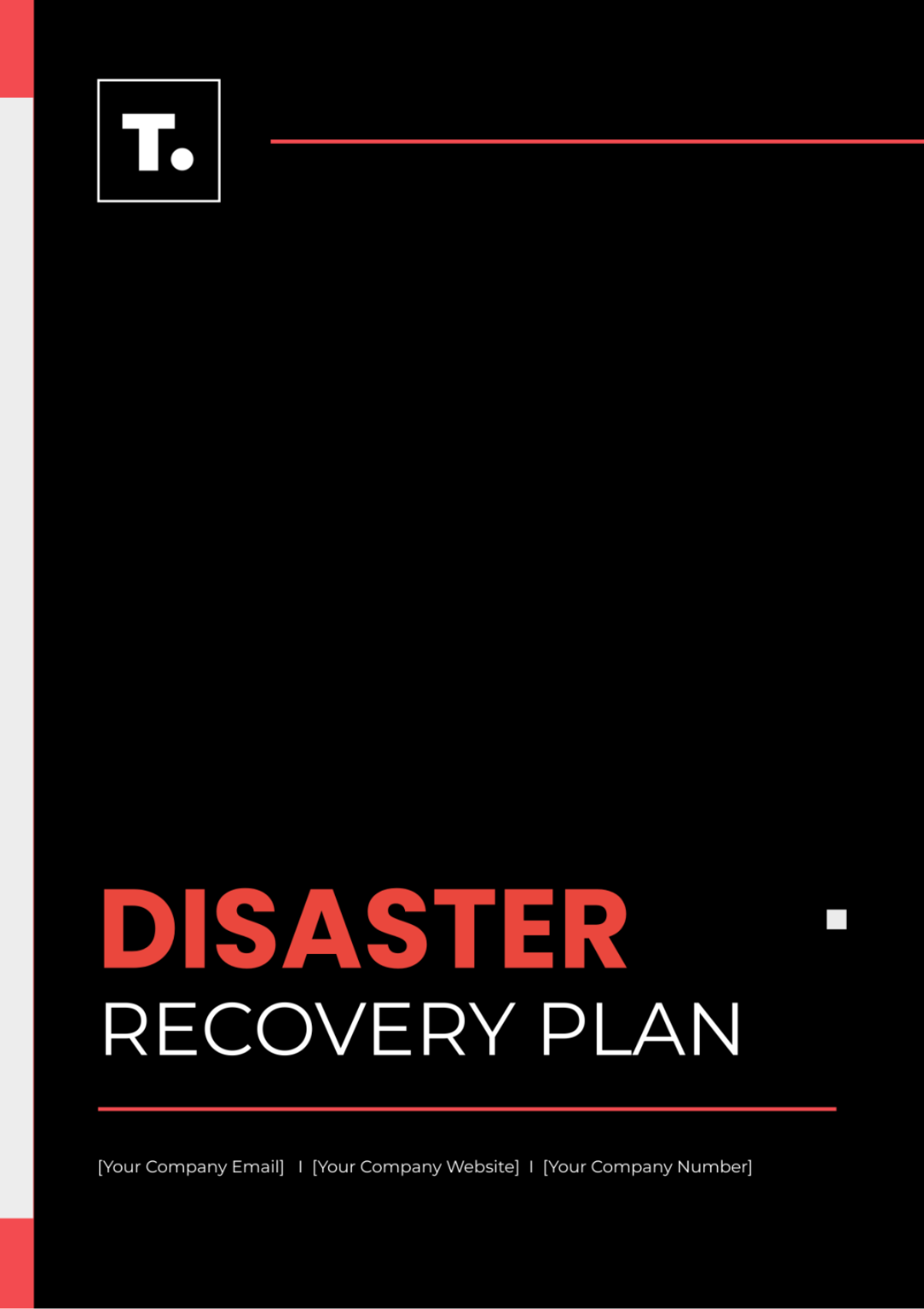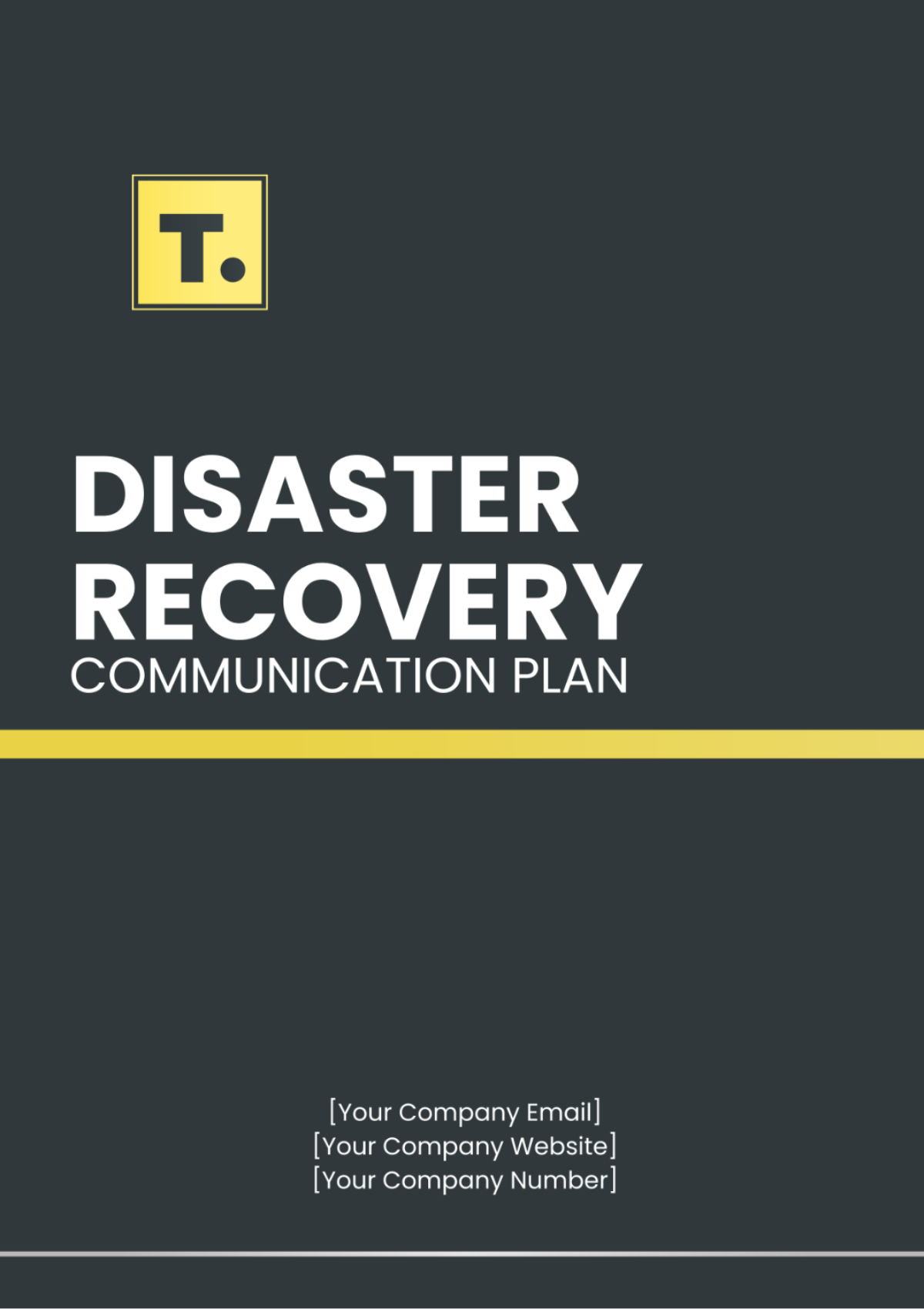Disaster Recovery Protocol Outline
1. Introduction
The purpose of this Disaster Recovery Protocol (DRP) is to ensure the organization's ability to respond to disasters or emergencies that may affect its operations, minimize damage, and resume critical functions as quickly as possible. This protocol outlines the steps to be taken before, during, and after a disaster to safeguard assets, ensure safety, and maintain business continuity.
2. Scope
This DRP applies to all employees, contractors, and third-party service providers of [Your Company Name]. It covers all physical locations, IT infrastructure, data, and critical business processes.
3. Roles and Responsibilities
3.1. Disaster Recovery Team (DRT)
Team Leader: Responsible for overall coordination during a disaster.
IT Lead: Manages recovery of IT systems and data.
Communications Lead: Handles internal and external communication.
Facilities Lead: Ensures the safety and integrity of physical locations.
HR Lead: Supports employees' needs during recovery.
Finance Lead: Manages financial aspects of the recovery process.
3.2. All Employees
Report any potential disasters or risks to the Disaster Recovery Team immediately.
Follow instructions from the DRT during a disaster.
4. Disaster Scenarios
This DRP covers the following disaster scenarios:
Natural Disasters: Earthquakes, floods, hurricanes, etc.
Technological Failures: System crashes, network failures, etc.
Human-Caused Events: Cyber-attacks, sabotage, etc.
Pandemics: Widespread illness affecting operations.
5. Preparedness
5.1. Risk Assessment
Conduct regular risk assessments to identify potential threats and vulnerabilities.
Maintain an up-to-date inventory of critical assets and systems.
5.2. Backup and Redundancy
Implement regular data backups, stored off-site and in the cloud.
Ensure redundancy for critical systems and infrastructure.
5.3. Training and Awareness
Conduct regular DRP training sessions for all employees.
Perform disaster recovery drills at least twice a year.
6. Disaster Response
6.1. Activation of DRP
The DRP is activated by the DRT Leader upon identification of a disaster or significant threat.
Notify all employees and stakeholders through predefined communication channels.
6.2. Immediate Actions
Ensure Safety: Evacuate premises if necessary. Provide medical aid to those affected.
Assess Impact: Evaluate the extent of the damage and identify affected systems and processes.
Secure Assets: Protect vital records, data, and equipment from further damage.
6.3. Communication
Internal Communication: Keep employees informed through emails, SMS, or emergency communication tools.
External Communication: Notify clients, vendors, and other stakeholders about the situation and expected recovery timelines.
7. Disaster Recovery
7.1. IT Systems Recovery
Data Restoration: Recover data from backups and validate integrity.
System Recovery: Restore IT systems to operational status, prioritizing critical functions.
Testing: Ensure all recovered systems are tested and fully functional before resuming operations.
7.2. Facility Recovery
Inspect and repair physical infrastructure.
Relocate to an alternate facility if necessary.
Re-establish utilities and communications at the recovery site.
7.3. Business Continuity
Resume critical business operations as soon as possible.
Implement manual workarounds if automated systems are still offline.
Communicate recovery status and progress to all stakeholders.
8. Post-Disaster Review
Conduct a post-disaster review to assess the effectiveness of the DRP.
Document lessons learned and update the DRP accordingly.
Provide a report to senior management with recommendations for improvement.
9. Conclusion
This Disaster Recovery Protocol is an essential component of [Your Company Name]'s commitment to operational resilience. All employees must familiarize themselves with this protocol and actively participate in preparedness and recovery efforts.

